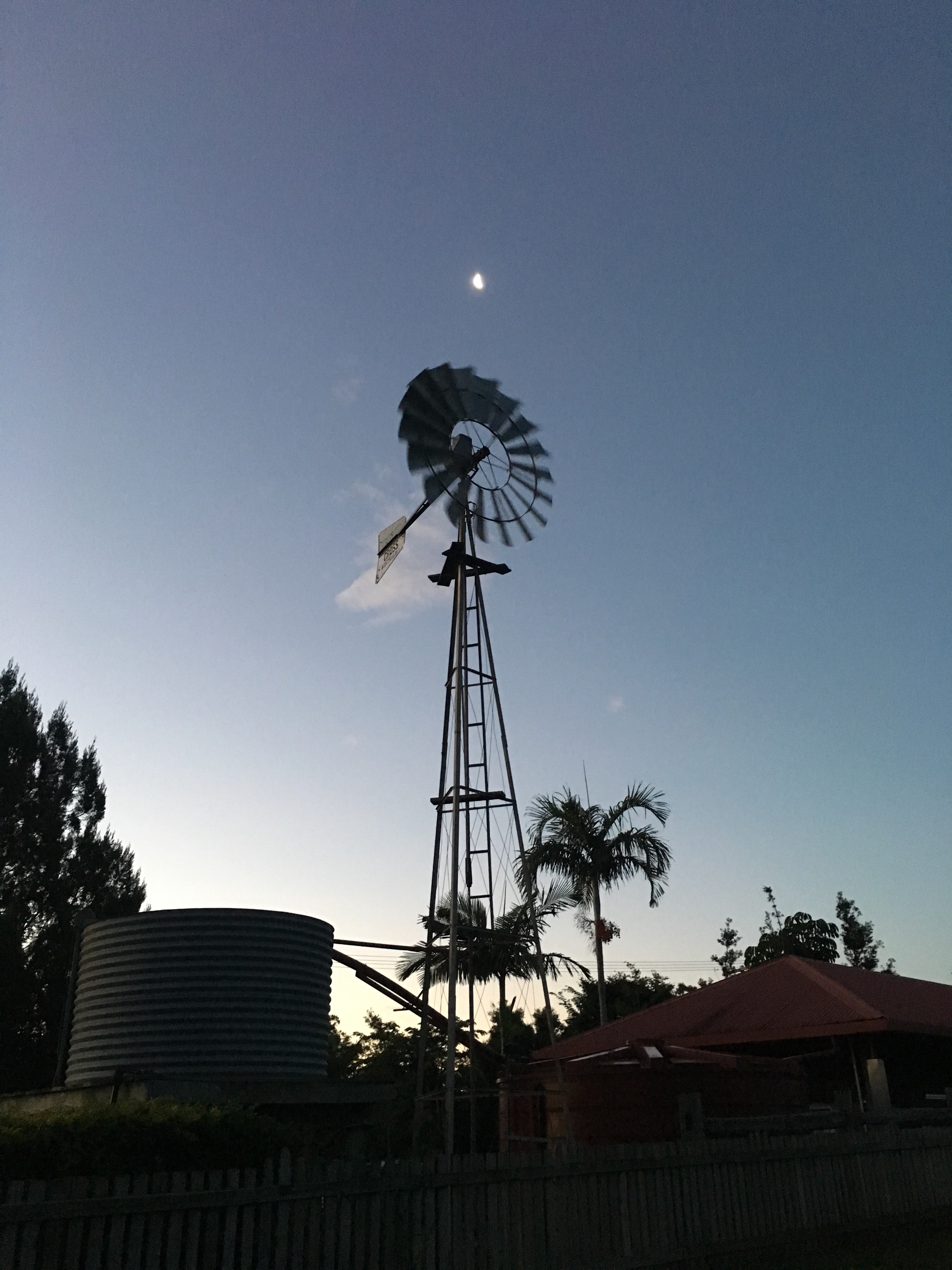Author: Mr A
Location: Tin Can Bay, the Fraser Coast, Queensland
We have had a great couple of days in an out of the way little coastal settlement with the unique name of Tin Can Bay, located on the Fraser Coast a few hundred kilometres north of the state’s capital Brisbane.
Unfortunately the origin of the town’s name seems to be unclear, but likely a corruption of what the traditional owners called things that grew there (tin-kung – a coastal vine). For us it is has a been a lovely quiet spot with walks along the beautiful coast, and of course a few birding opportunities in this area which is part of a RAMSAR wetland . We’ve walked both days following the Tin Can Bay Foreshore Bird Walk, with detailed signage following nearly ten kilometres of unspoilt coastline lined with paperbark and gum trees, that went right down to the edge of the crystal clear waters of the Great Sandy Strait.
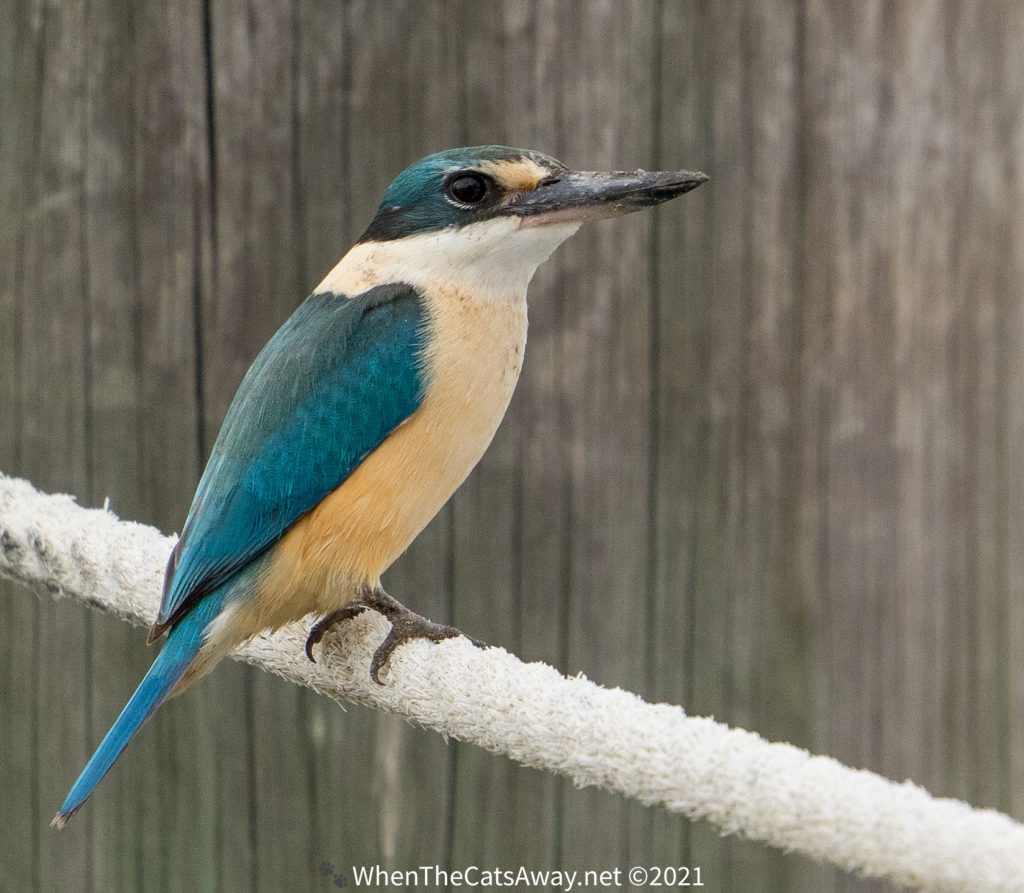
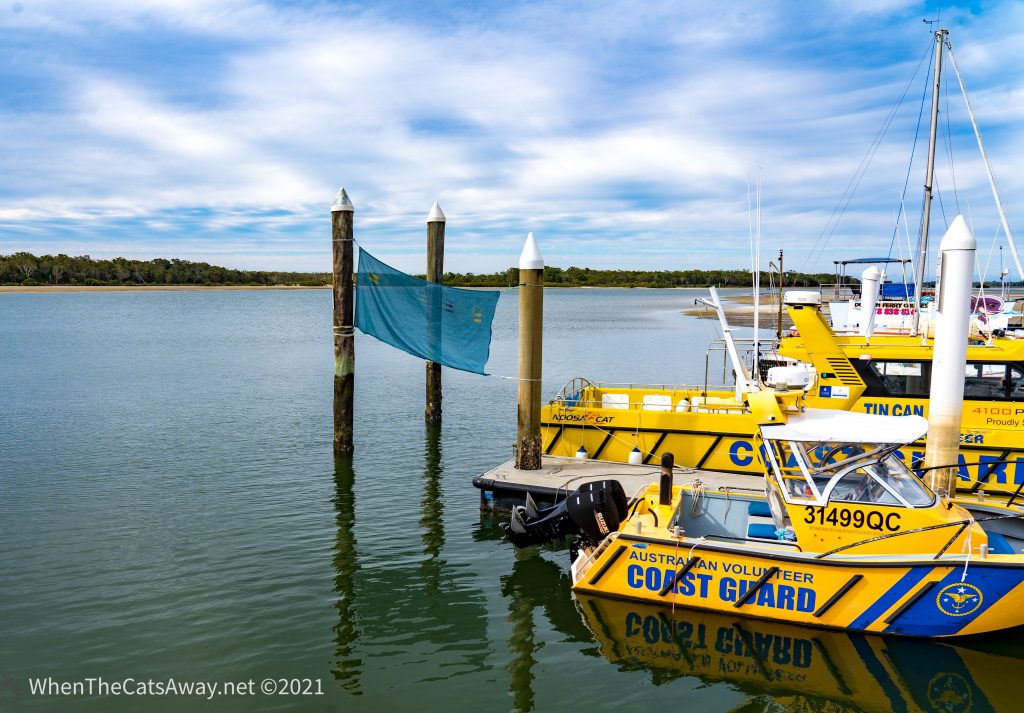
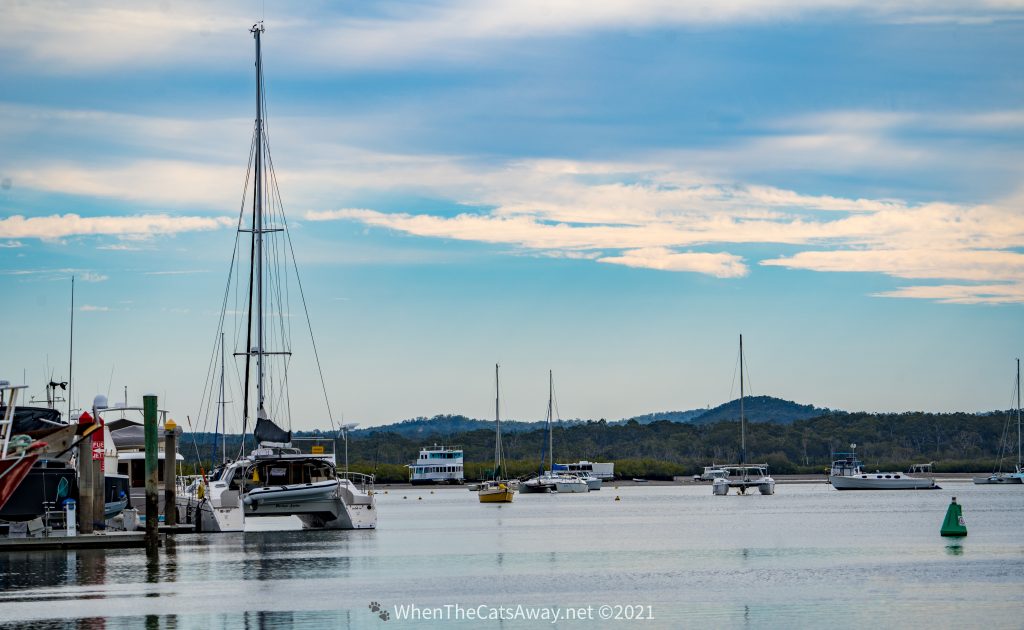
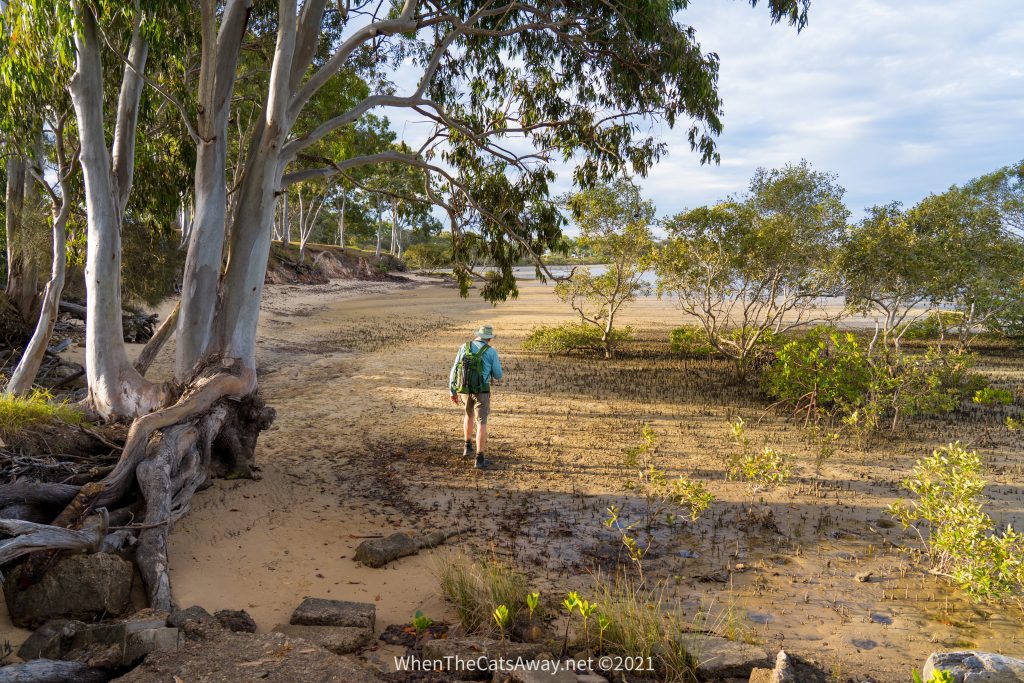
This would be a great place to get the kayak out, as finally we are finally south of the area where crocs are a hazard. Just swap that disappearing water hazard though for sharks stingers and stonefish (nasty) which are all still there waiting for the unsuspecting tourist, but in a kayak, you’re good. Unfortunately the wind was up and it was walking only.
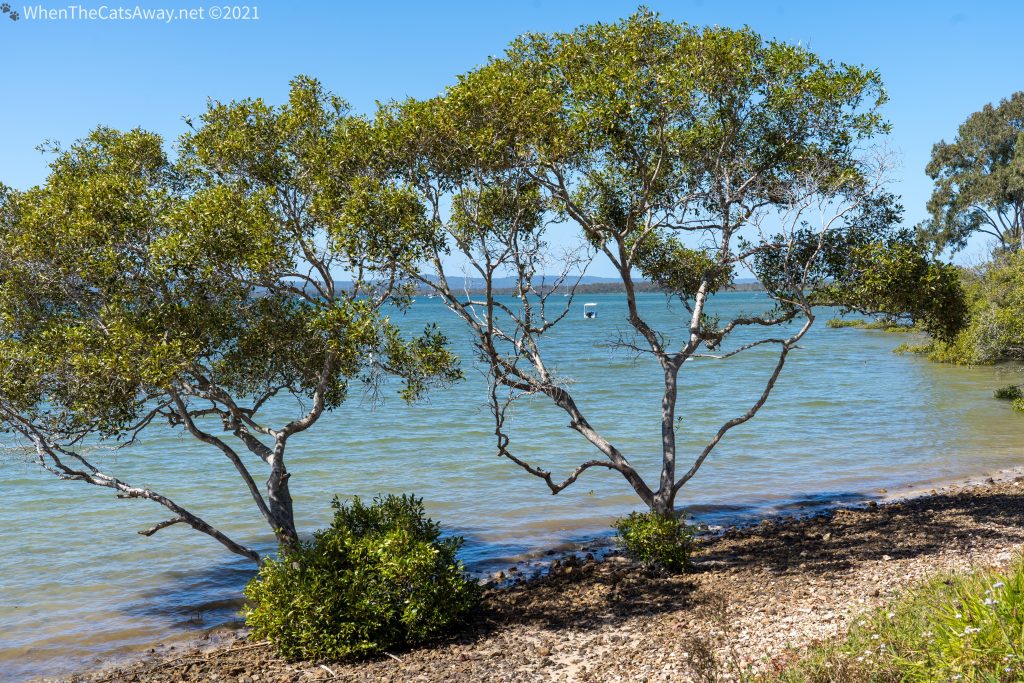
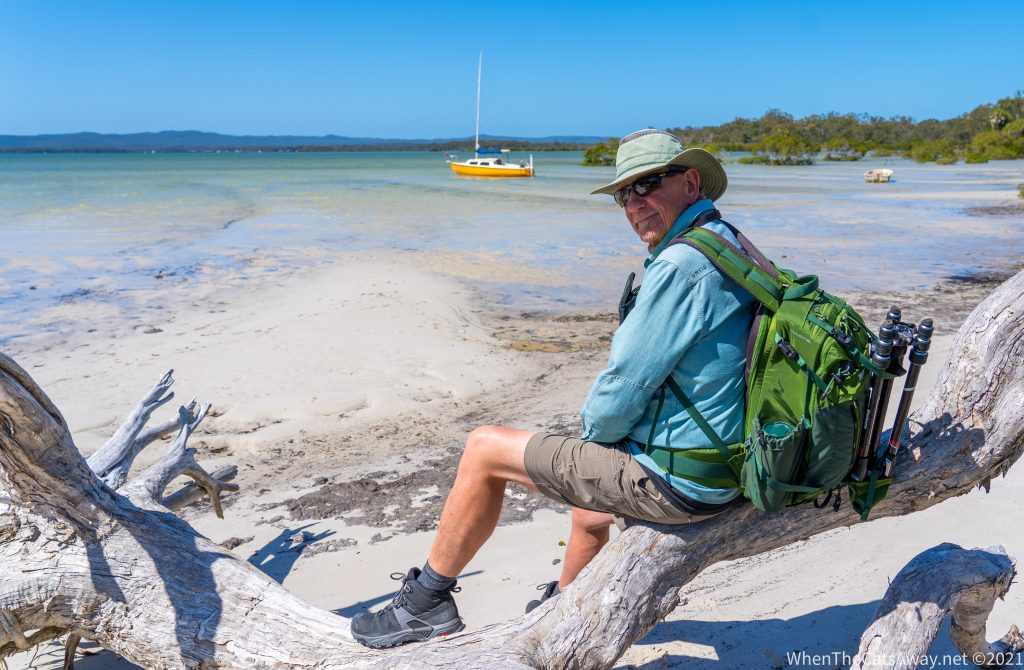
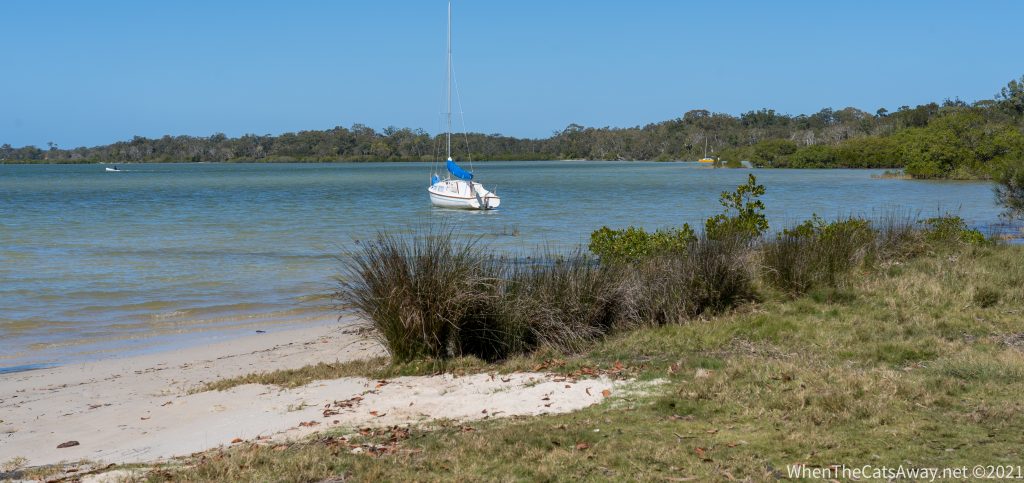
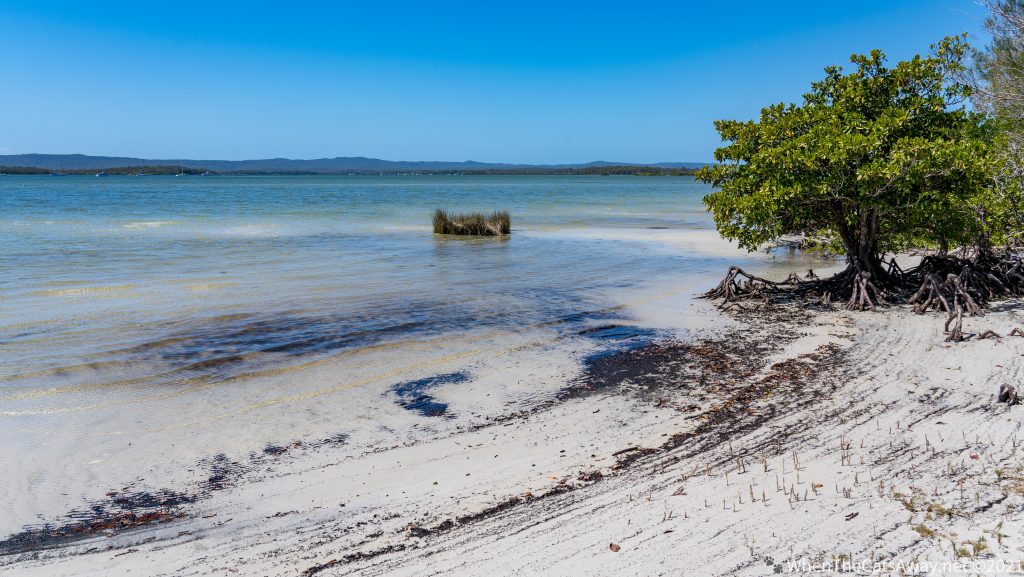
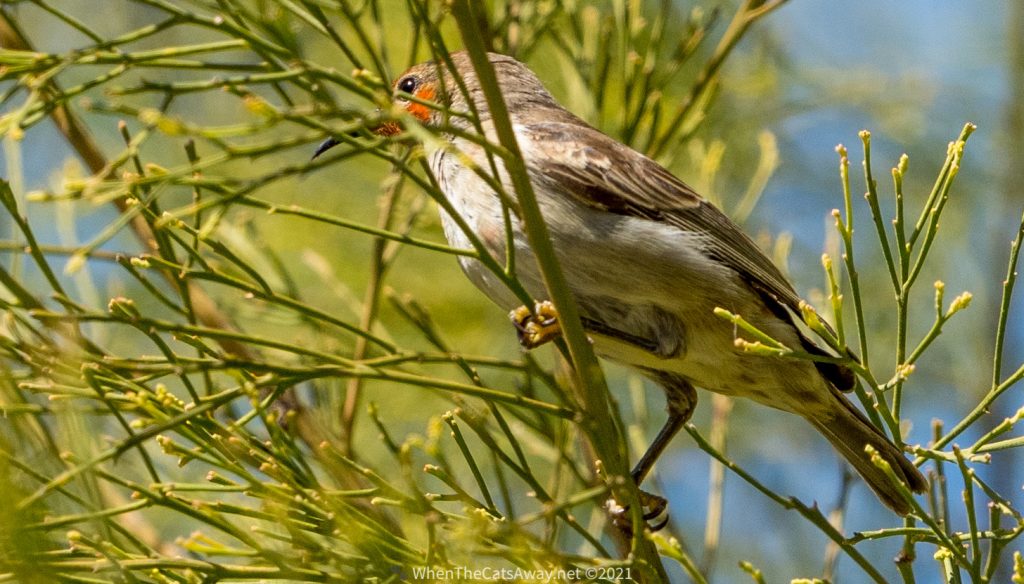
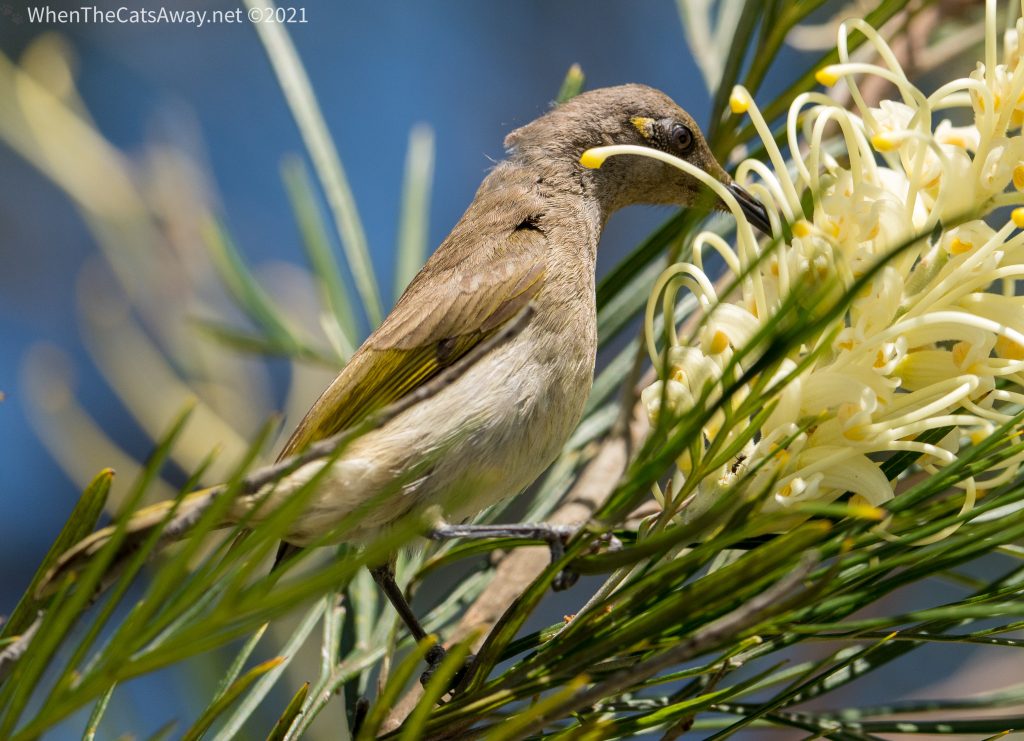
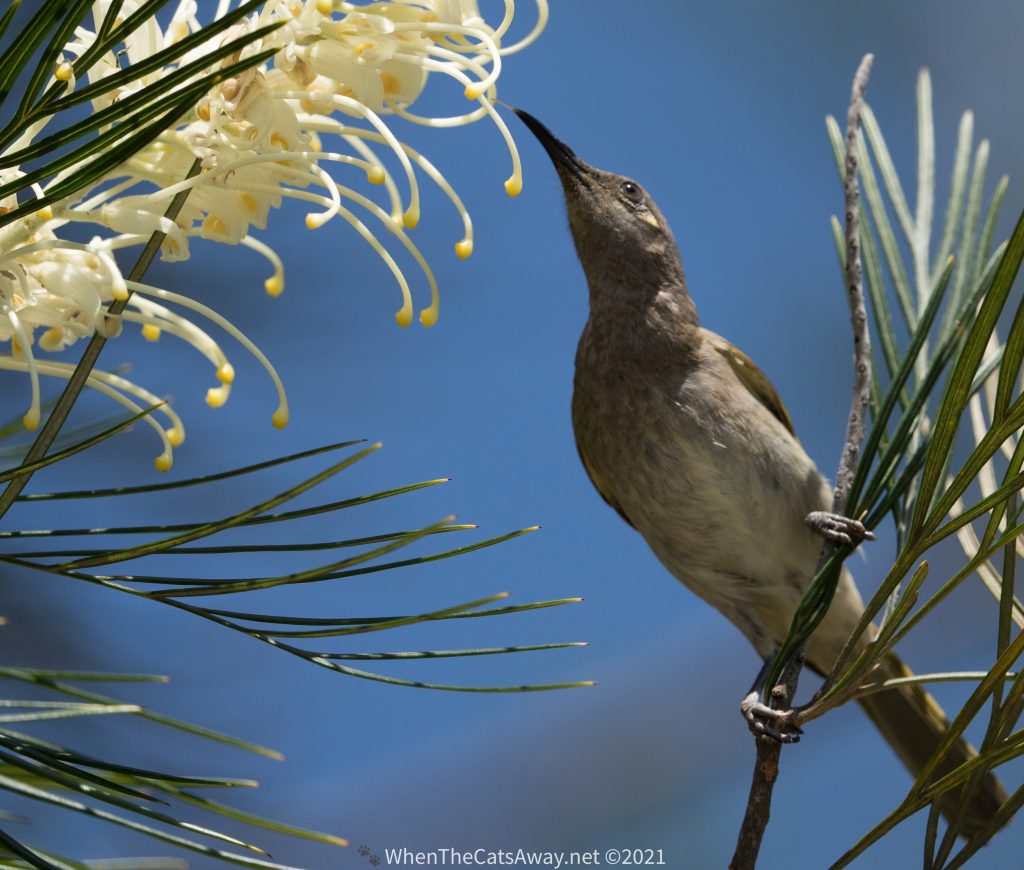
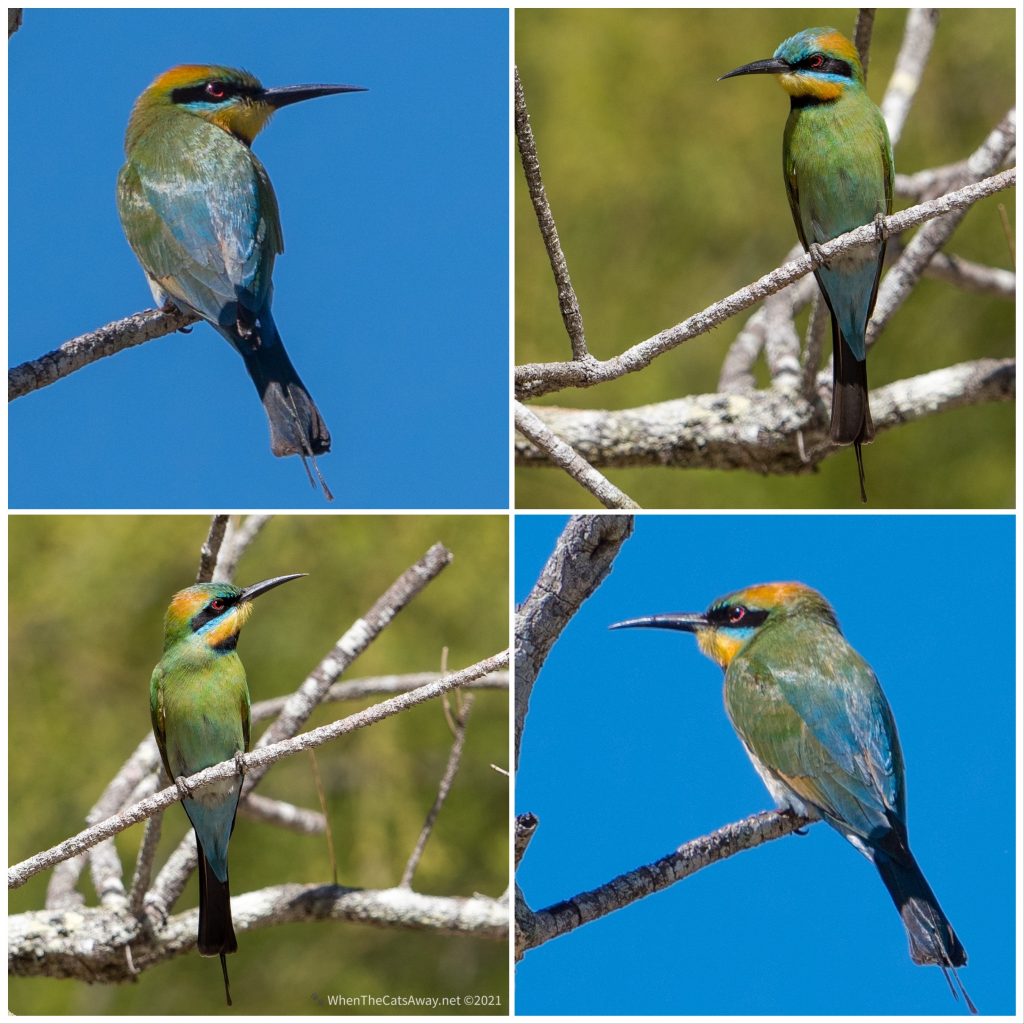
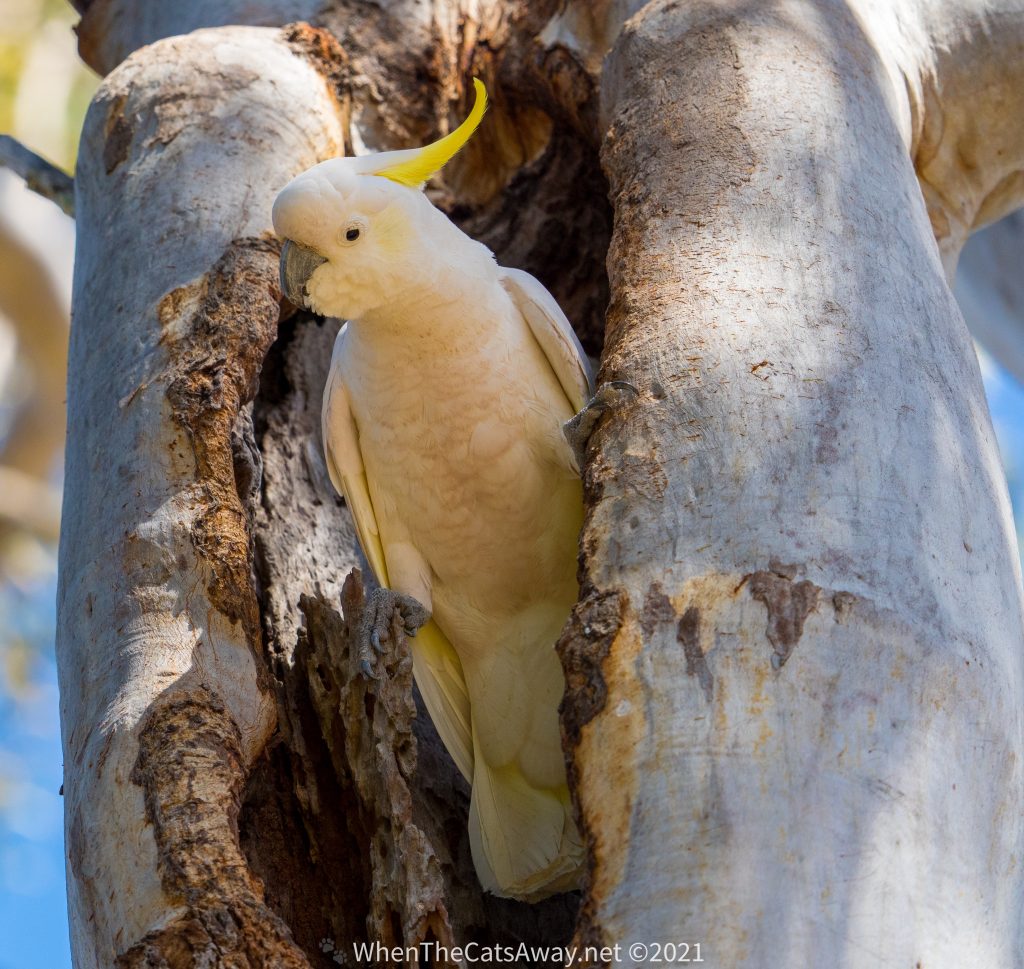
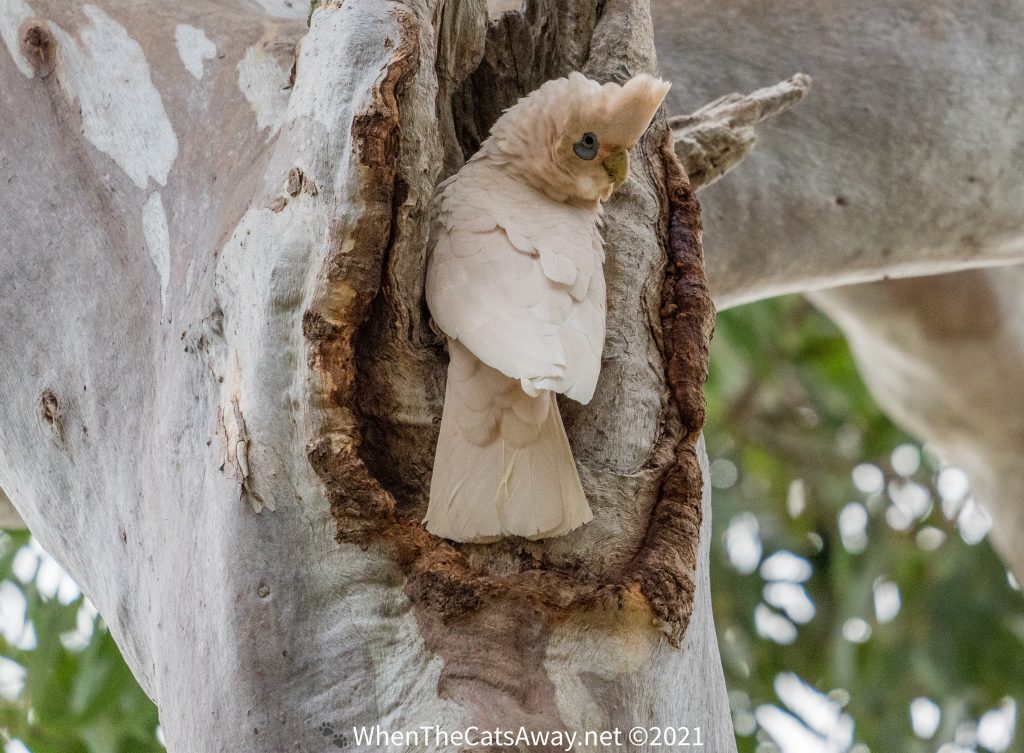
It was hard walking along this pristine coast, with blue skies and mid-twenties temperatures, to not think how much we will miss places like this when we move back to the UK early next year. But on the other hand, when I Googled the history of Tin Can Bay, there’s almost nothing, very different to what our future holds in the northern hemisphere. The original inhabitants of this Fraser Coast area have lived in it for thousands of years, and I’d love to know more about their lives, but sadly it’s still almost completely inaccessible to us white fellahs, and I really don’t want to read about another set of massacres, because that’s what there was.
One pretty unique attraction that Tin Can Bay has that it’s one of the few areas where wild dolphins come into to the beach to be hand fed.
I wasn’t totally comfortable with the idea of humanising wild creatures like this, and sure enough one Google search turns up this report from Action For Dolphins that claims (from a review of the research on the topic) that it leads to changes in behaviour where the dolphins become more aggressive towards other dolphins and humans, also reducing their maternal care time (which may account for the high death rate at the Money Mia feeding site we have been to in Western Australia?), and a number of other issues.
But I’m pretty sure there are also contrary points of view, with records of human-dolphin interactions in these parts for thousands of years. We decided to go along and be educated.
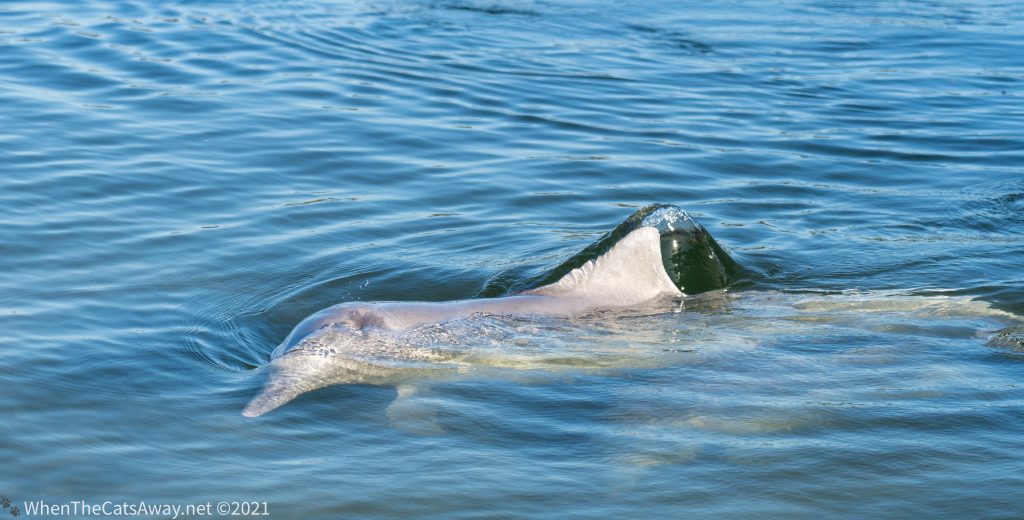
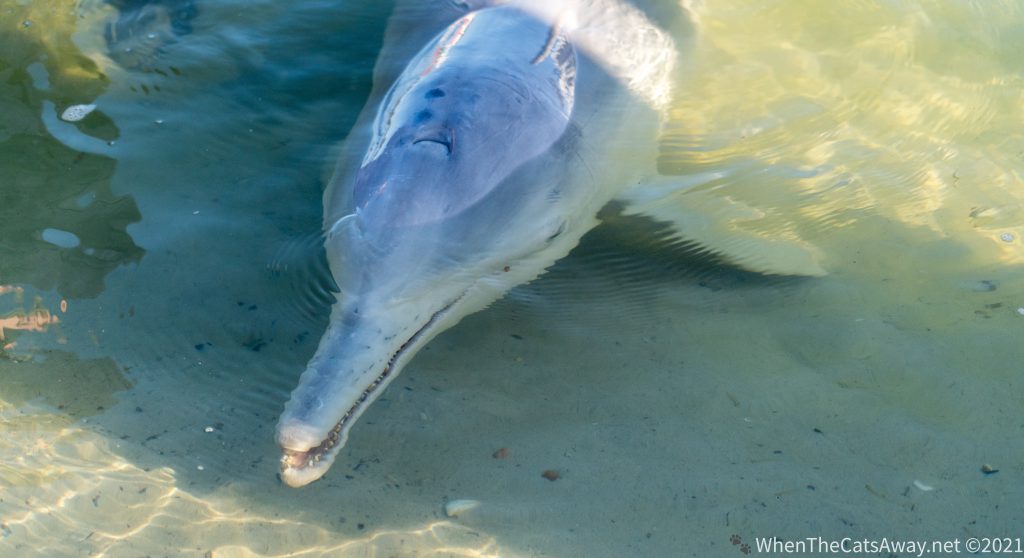
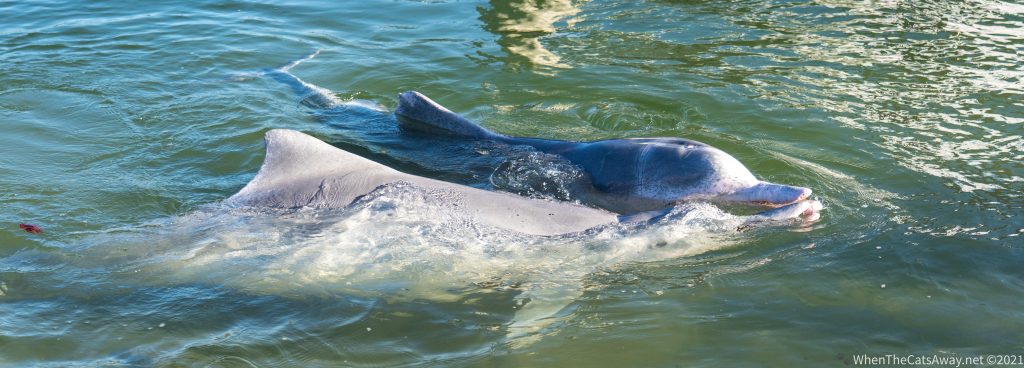
While these dolphins are fed small amounts of fish each morning (3kg per animal), this is a small fraction of the 15kg they need to consume daily and ensures they are not totally reliant on humans to survive. We gave them two small fish each.
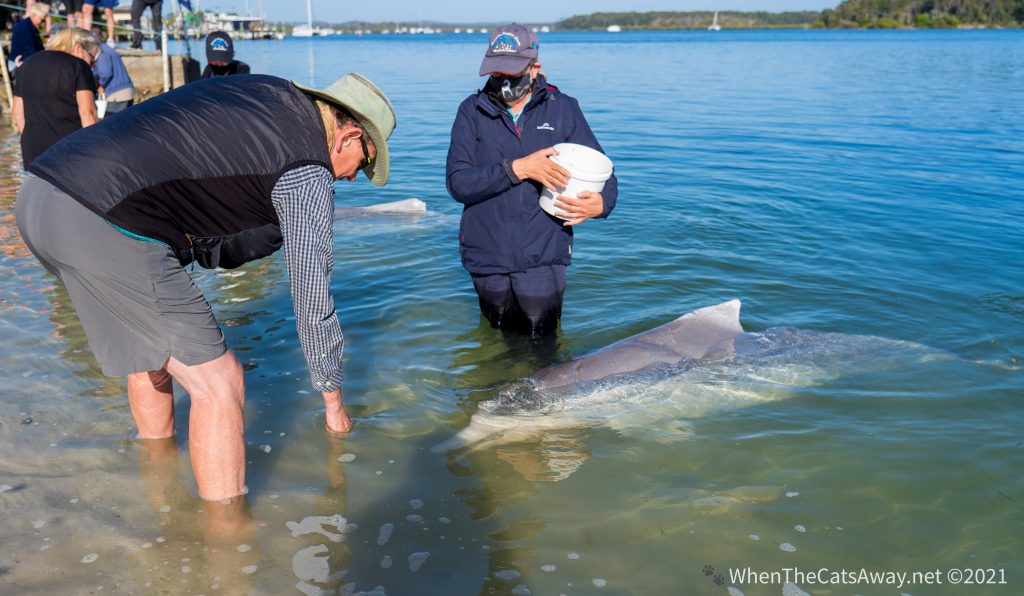
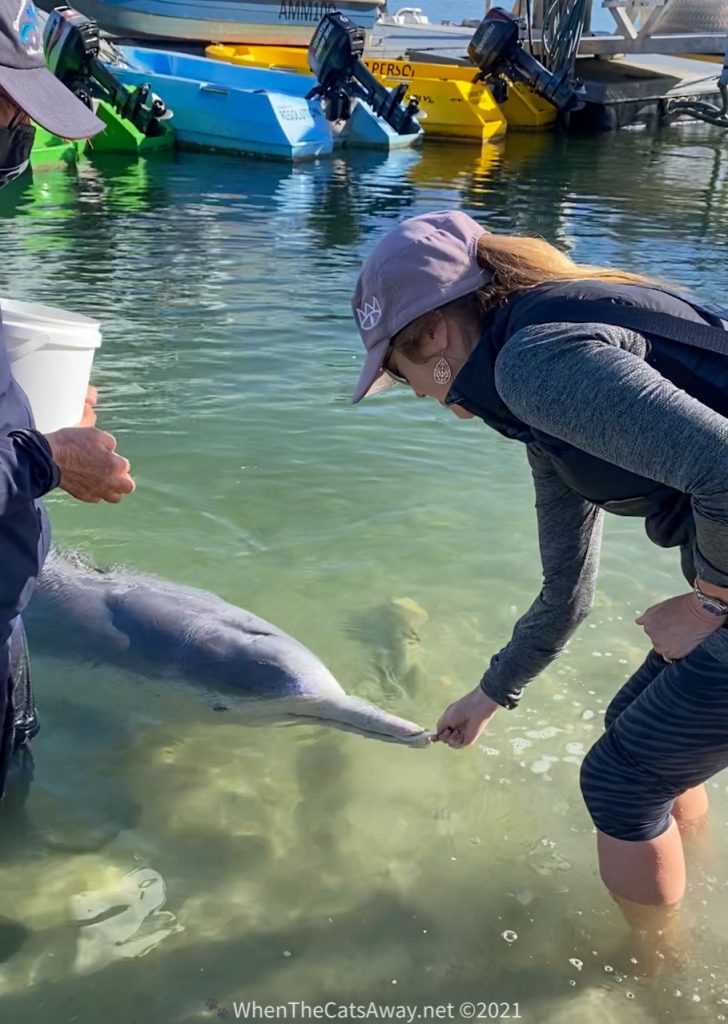
It’s my birthday this week, the sun is shrinking, and I am content as I gaze at this beautiful landscape, and enjoy the lack of crowds and the fresh air.
Motto for the week – enjoy the moment 🙂

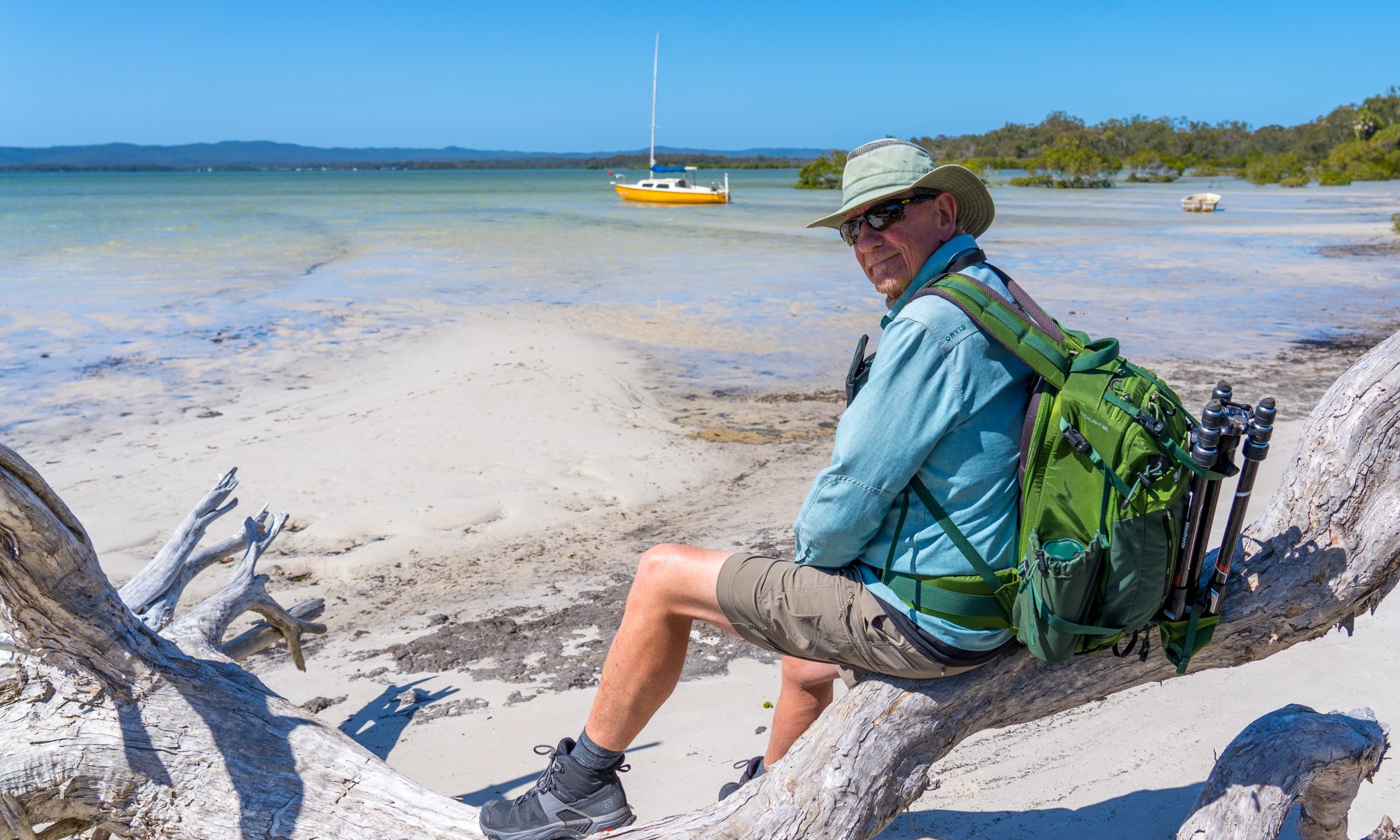
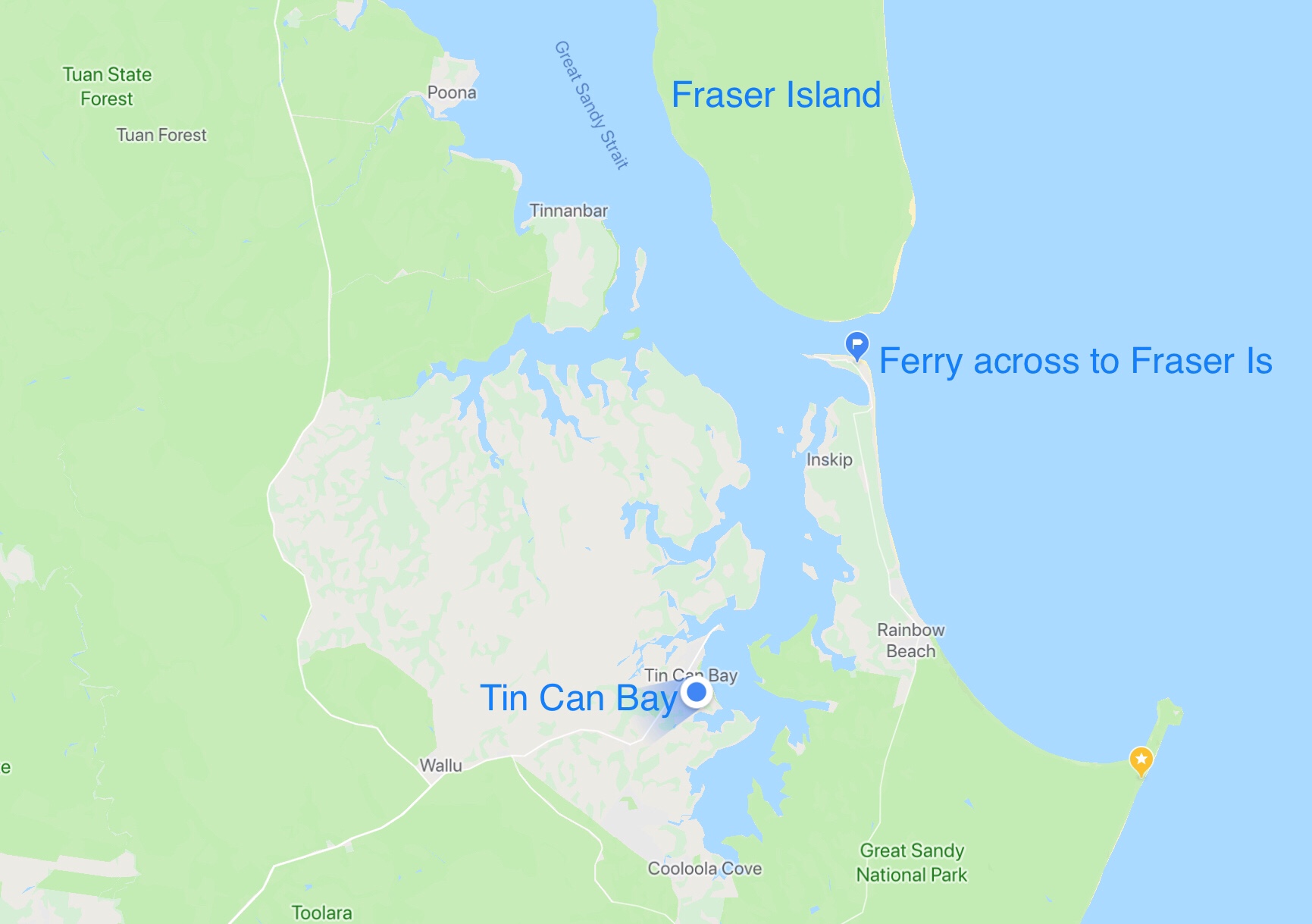
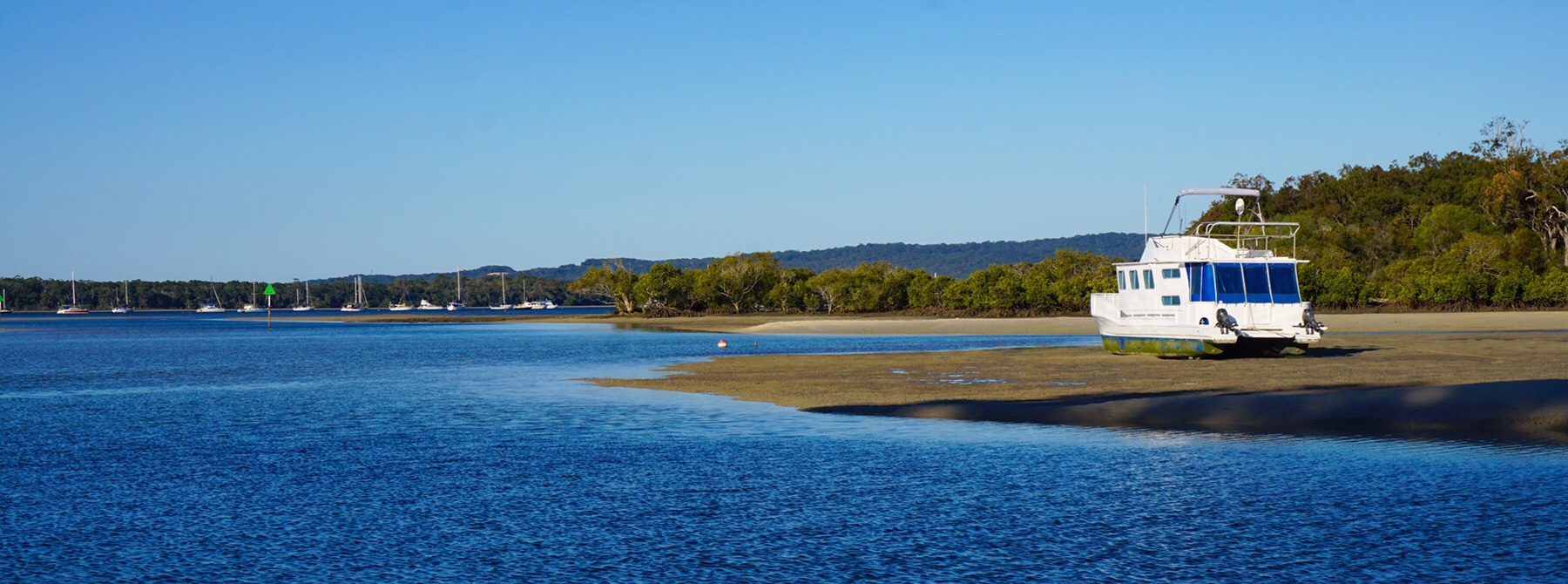
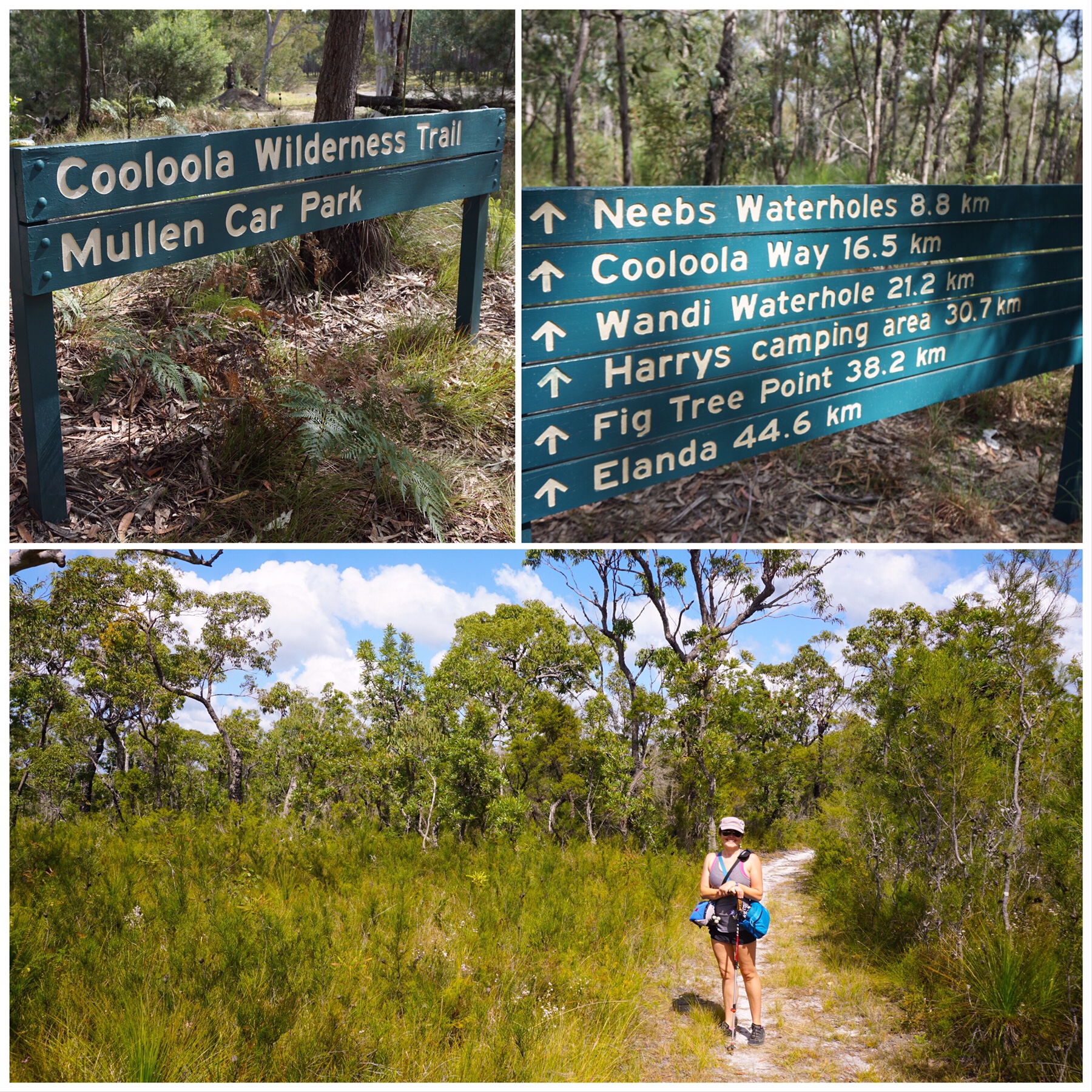 And what a beautiful walk it is. We are days away from the offical start of spring here (1st September) but the wildflowers were out in abundance.
And what a beautiful walk it is. We are days away from the offical start of spring here (1st September) but the wildflowers were out in abundance.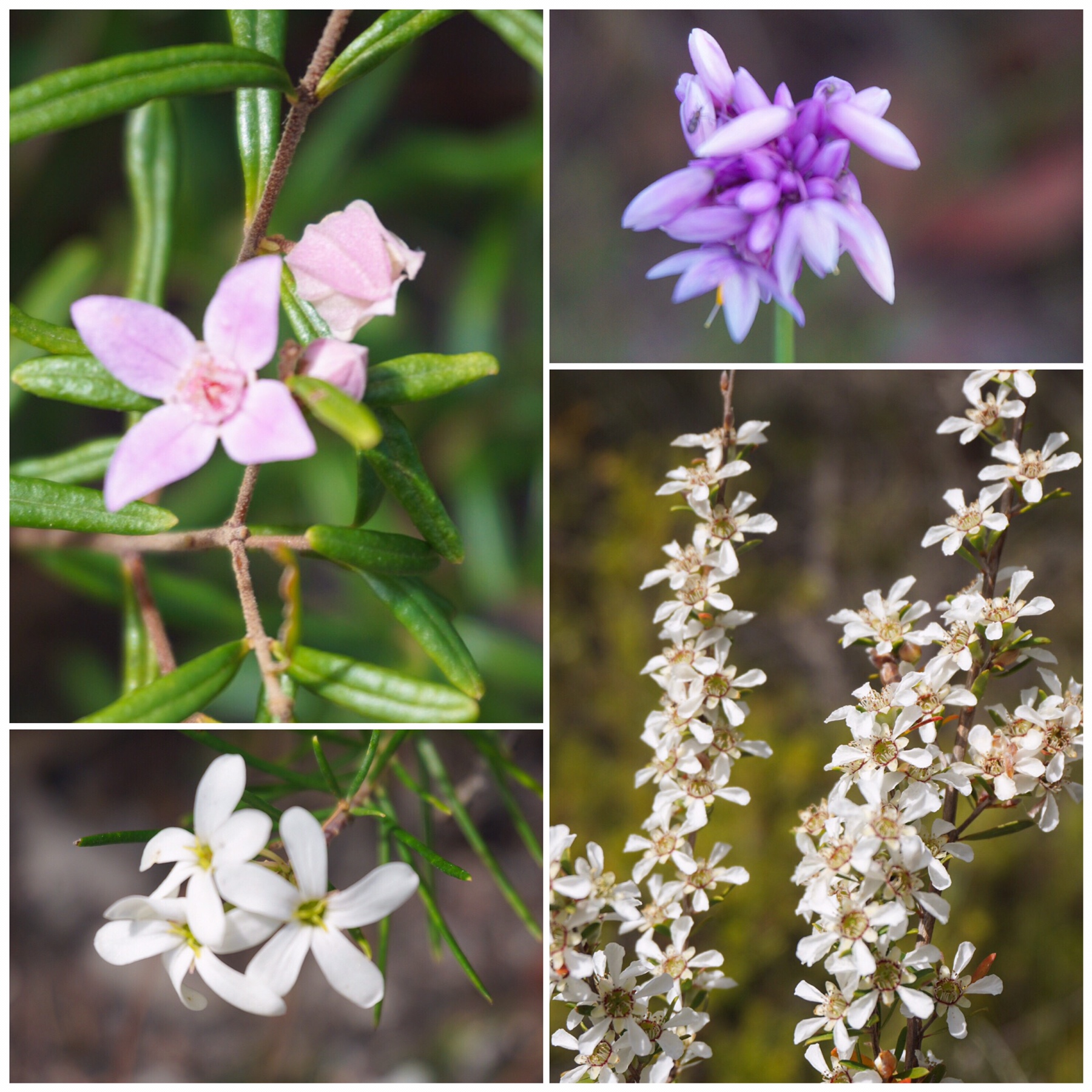 Several varieties of boronia, teatree, bottlebrush, peas, heath, eucalypts and more brightened our pathway, accompanied by the rhythmic hum of insects feeding on the nectar. It really was good for the soul and reminded us how much we love bush walking at this time of year.
Several varieties of boronia, teatree, bottlebrush, peas, heath, eucalypts and more brightened our pathway, accompanied by the rhythmic hum of insects feeding on the nectar. It really was good for the soul and reminded us how much we love bush walking at this time of year.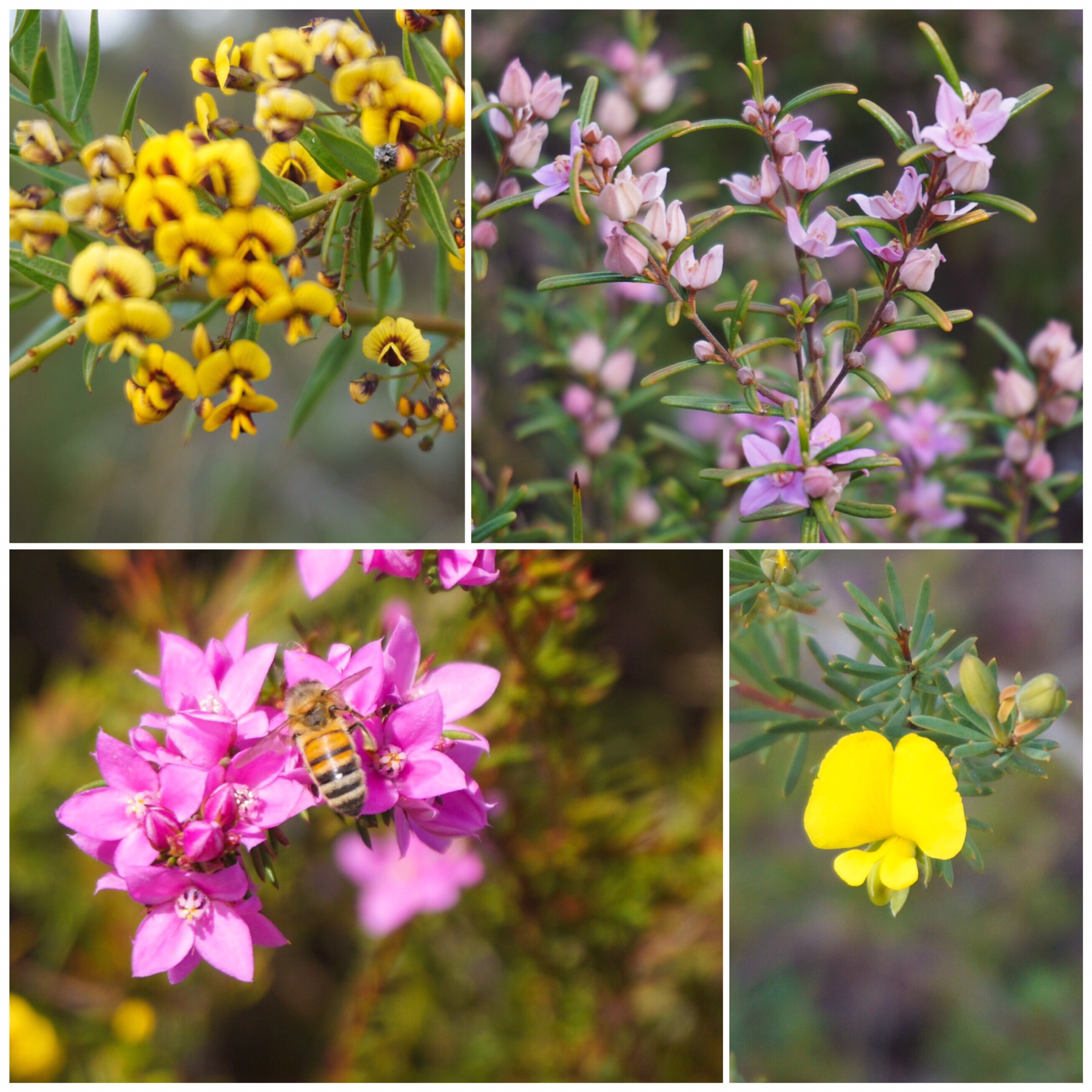
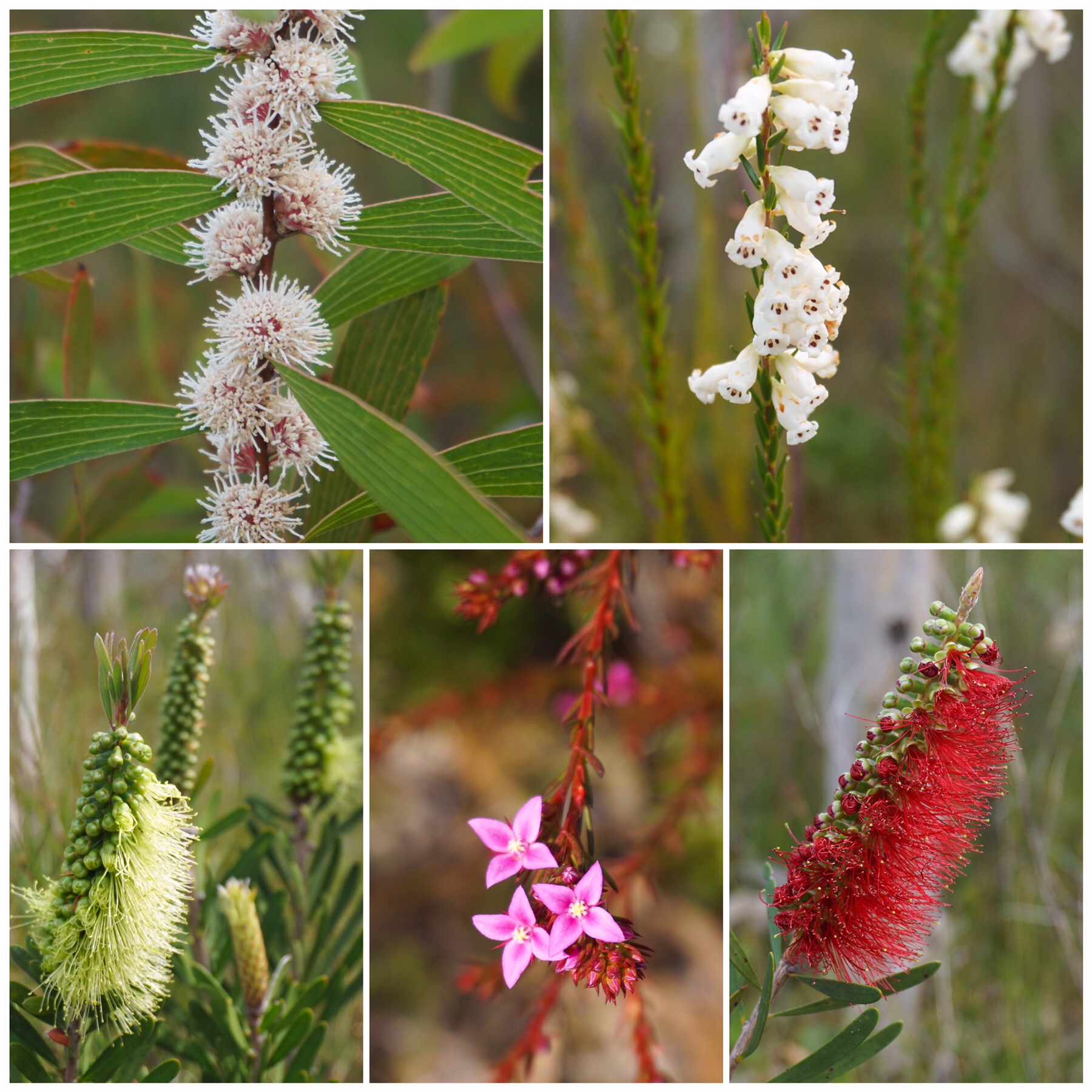 The pathway was well marked and predominantly white sand or grass, very easy walking with a couple of water crossings along the way. The landscape was quite open with good views to the east, across to the Great Sandy National Park.
The pathway was well marked and predominantly white sand or grass, very easy walking with a couple of water crossings along the way. The landscape was quite open with good views to the east, across to the Great Sandy National Park.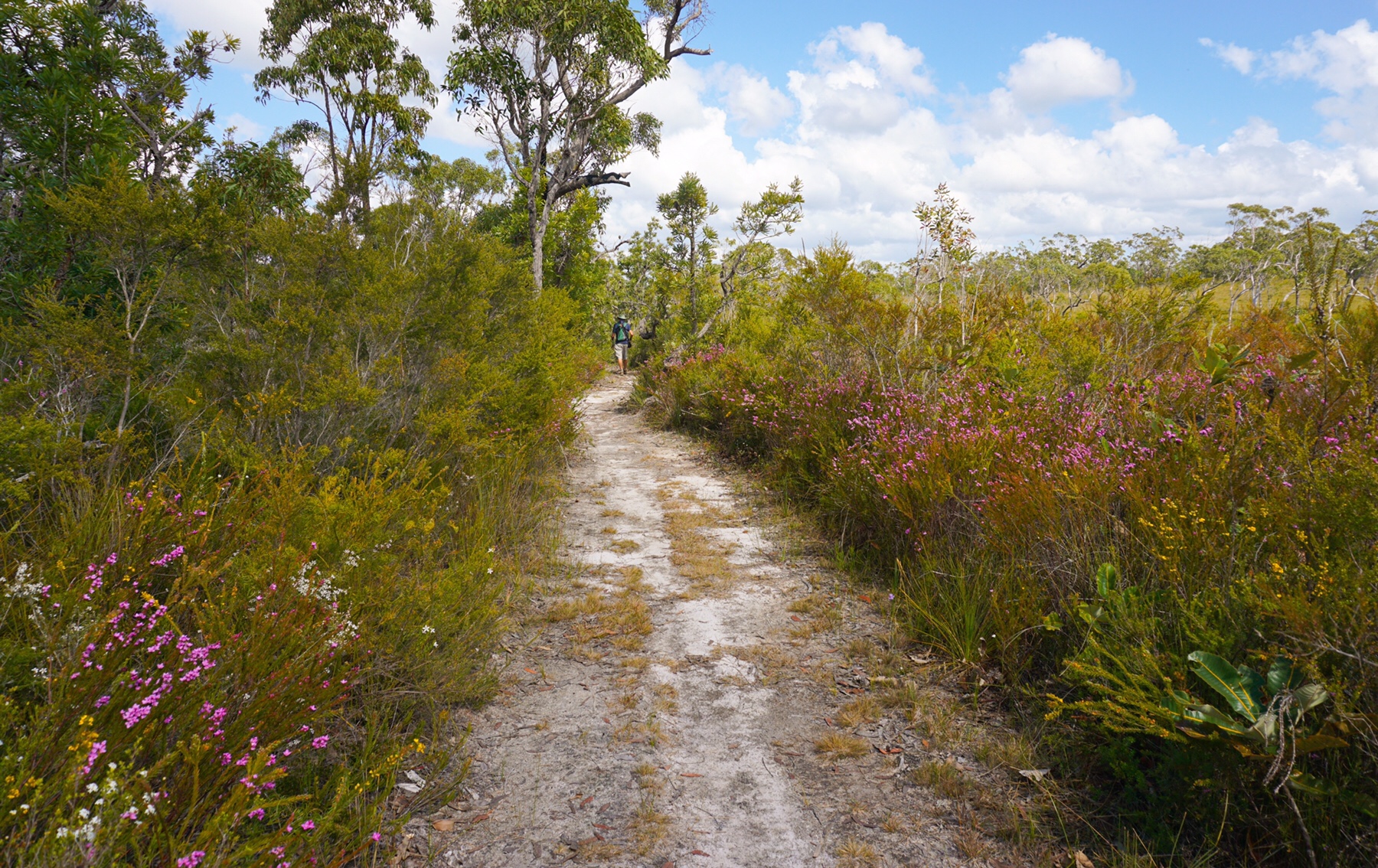
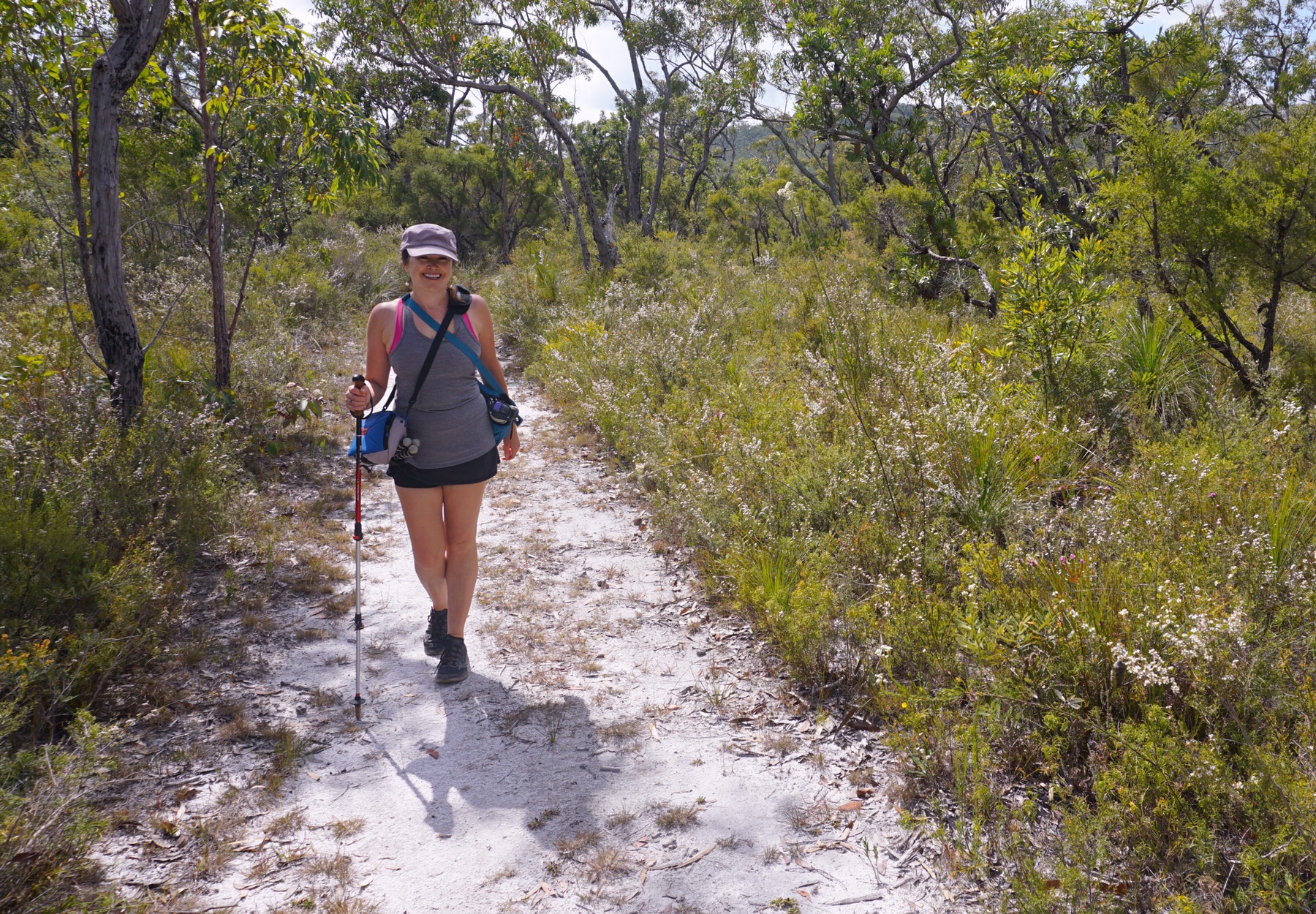

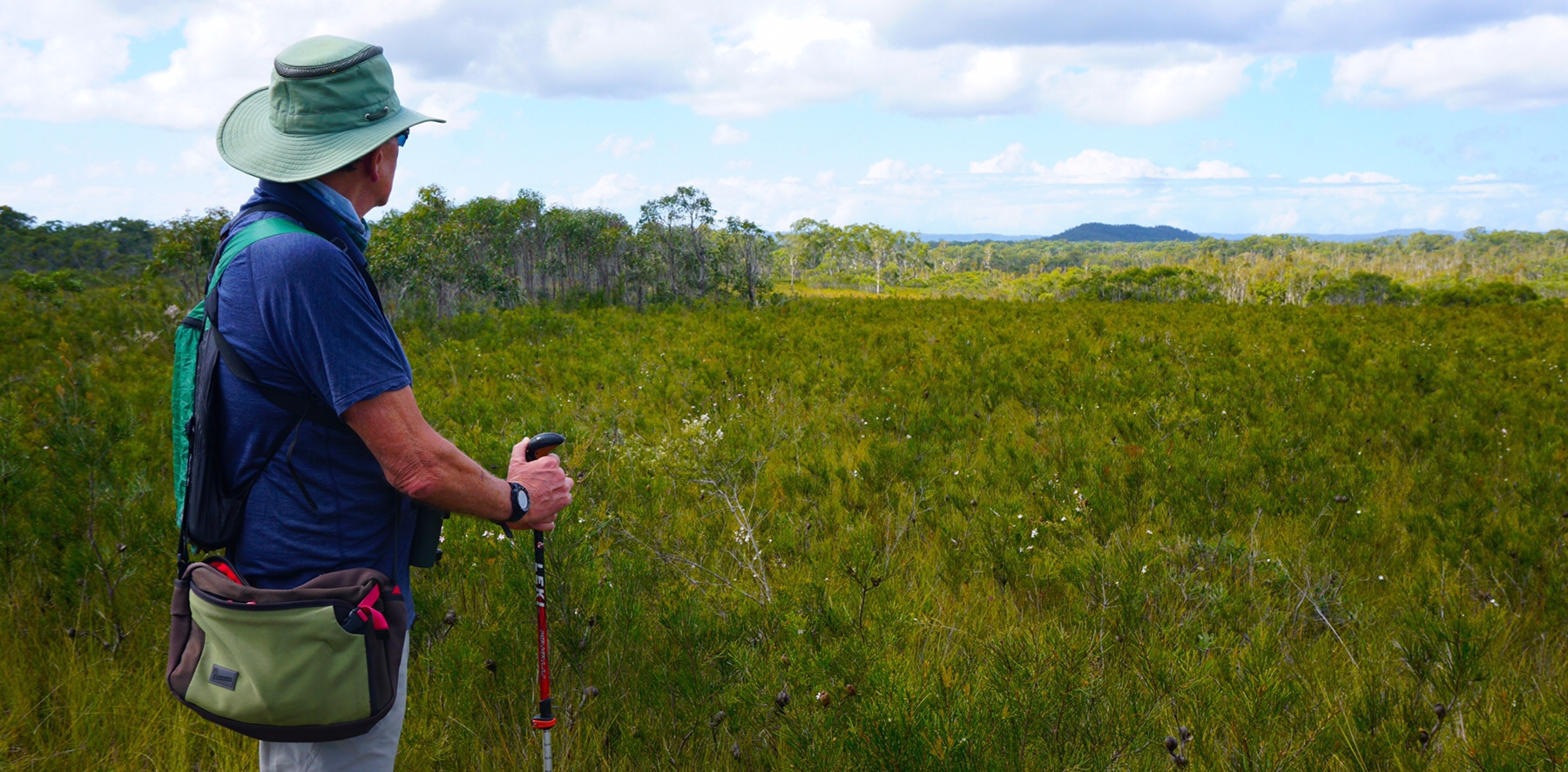
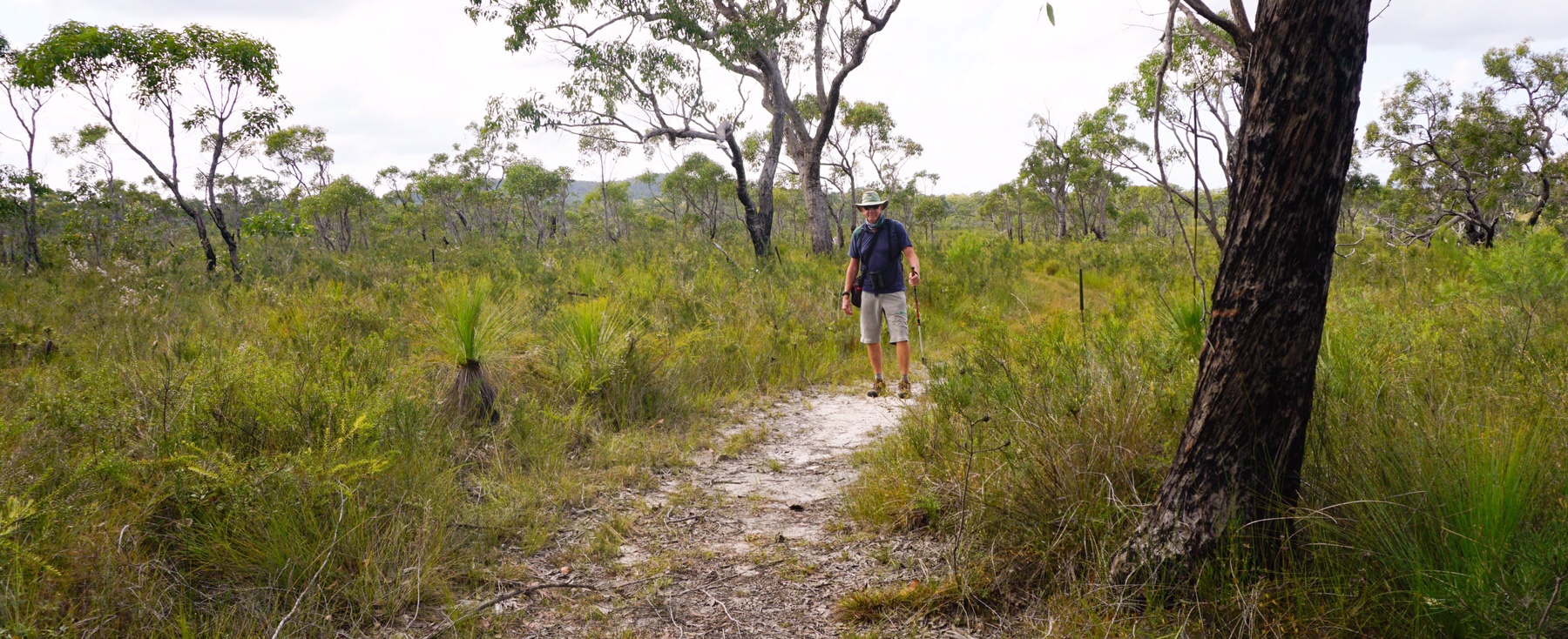 Even the trunks of the gum trees were beautiful!
Even the trunks of the gum trees were beautiful!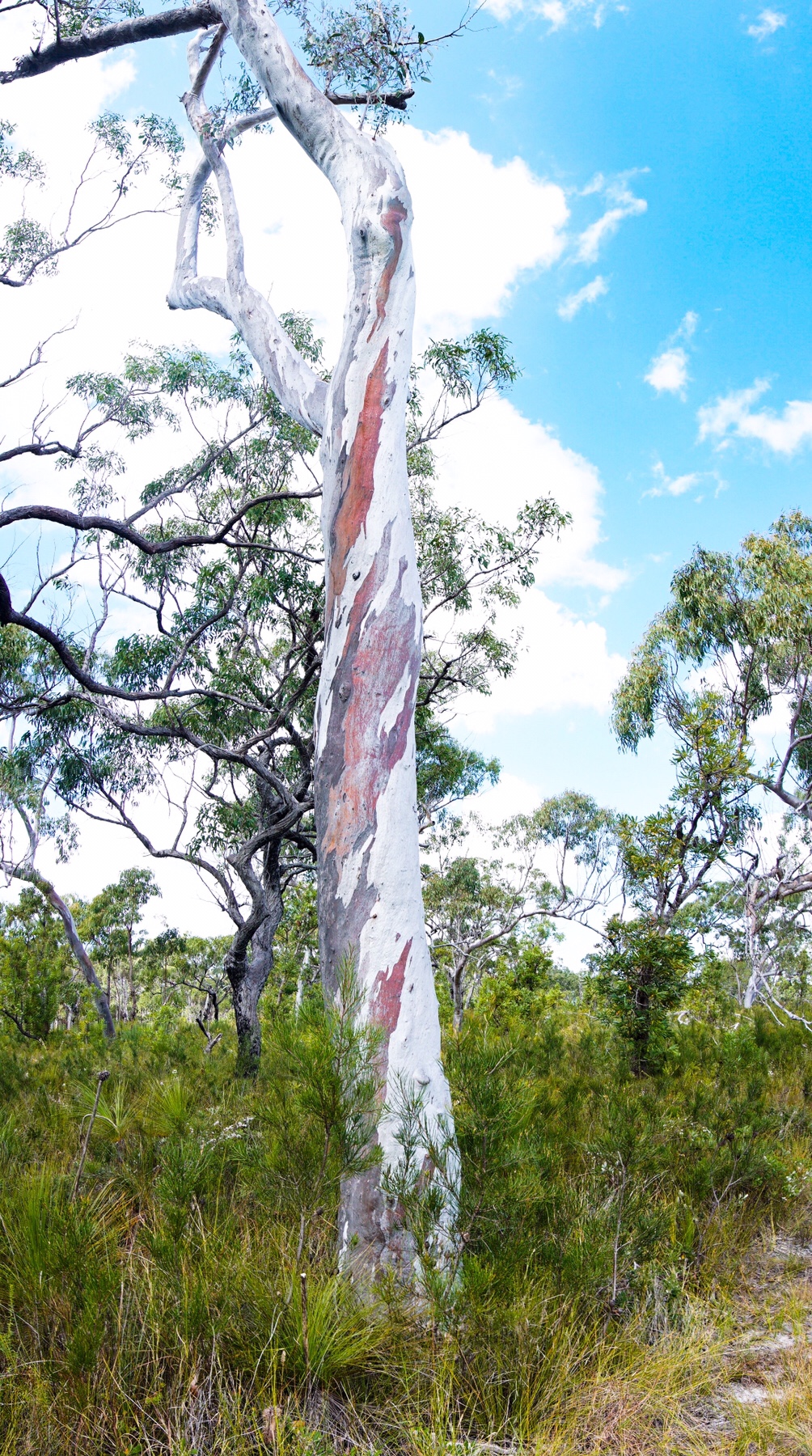
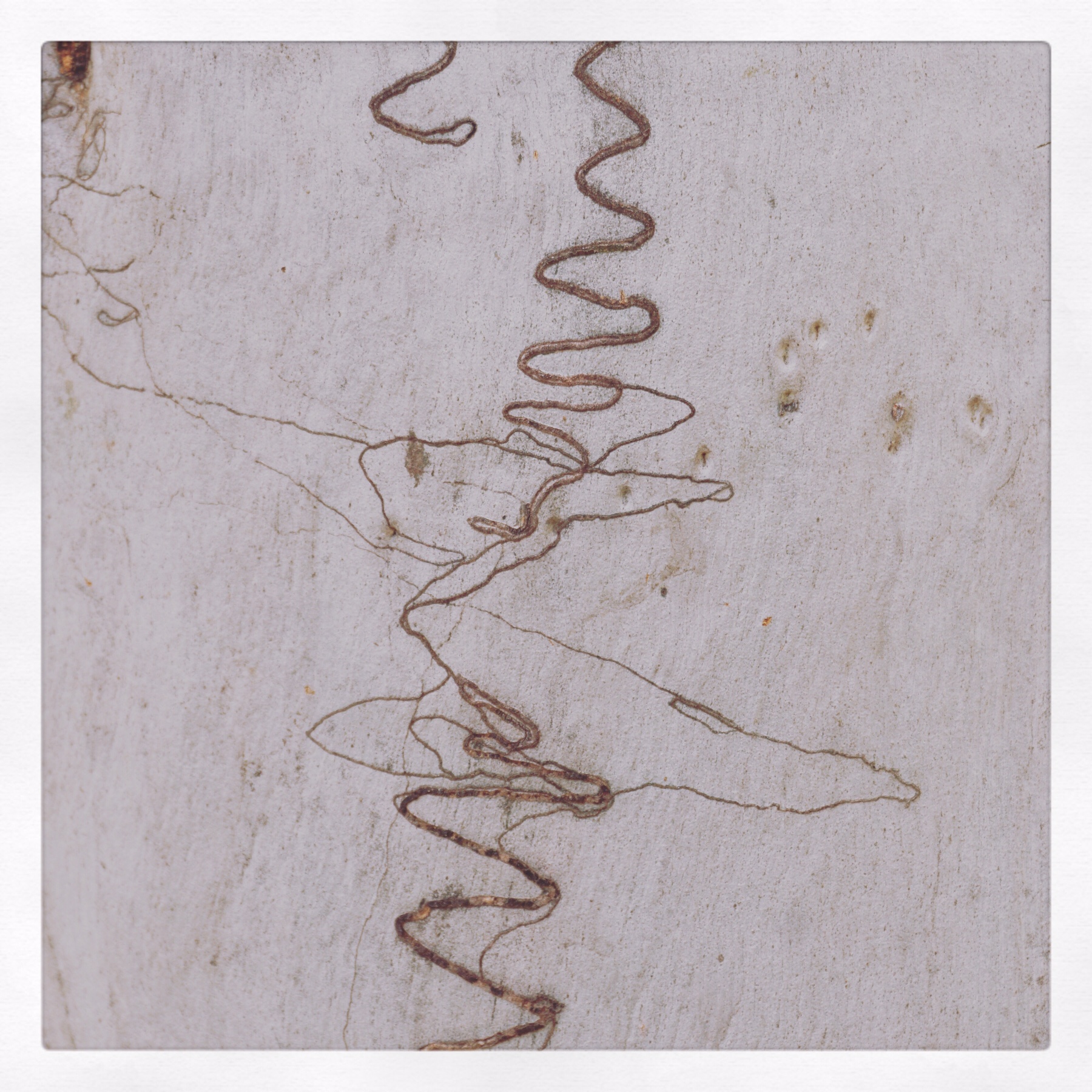 We stopped walking after around 5km when we saw the path dropping steeply downhill, remembering we had to turn around at some point and return via the same route.
We stopped walking after around 5km when we saw the path dropping steeply downhill, remembering we had to turn around at some point and return via the same route.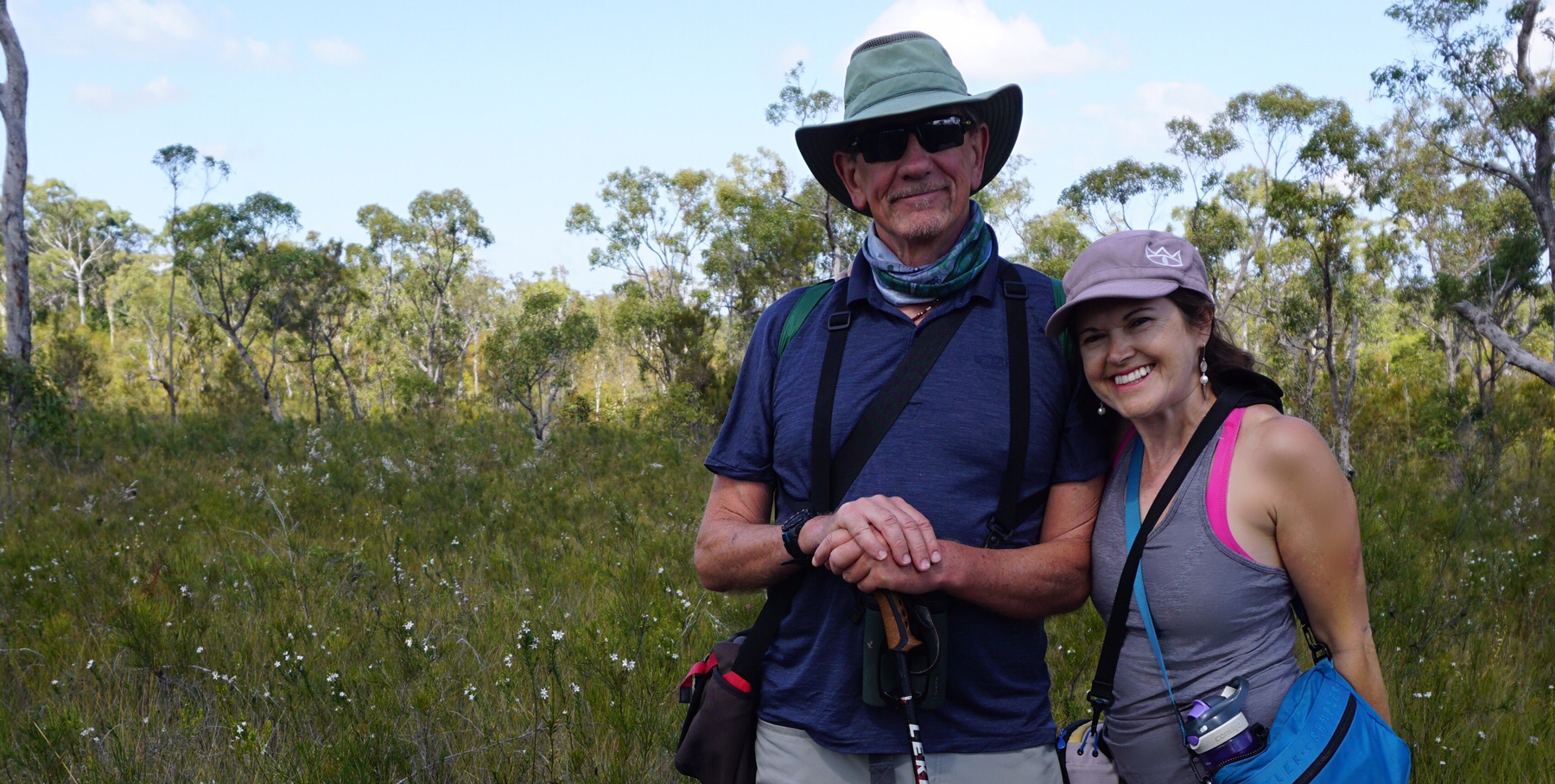 We definitely recommend getting out and enjoying the Australian bush at this time of year.
We definitely recommend getting out and enjoying the Australian bush at this time of year.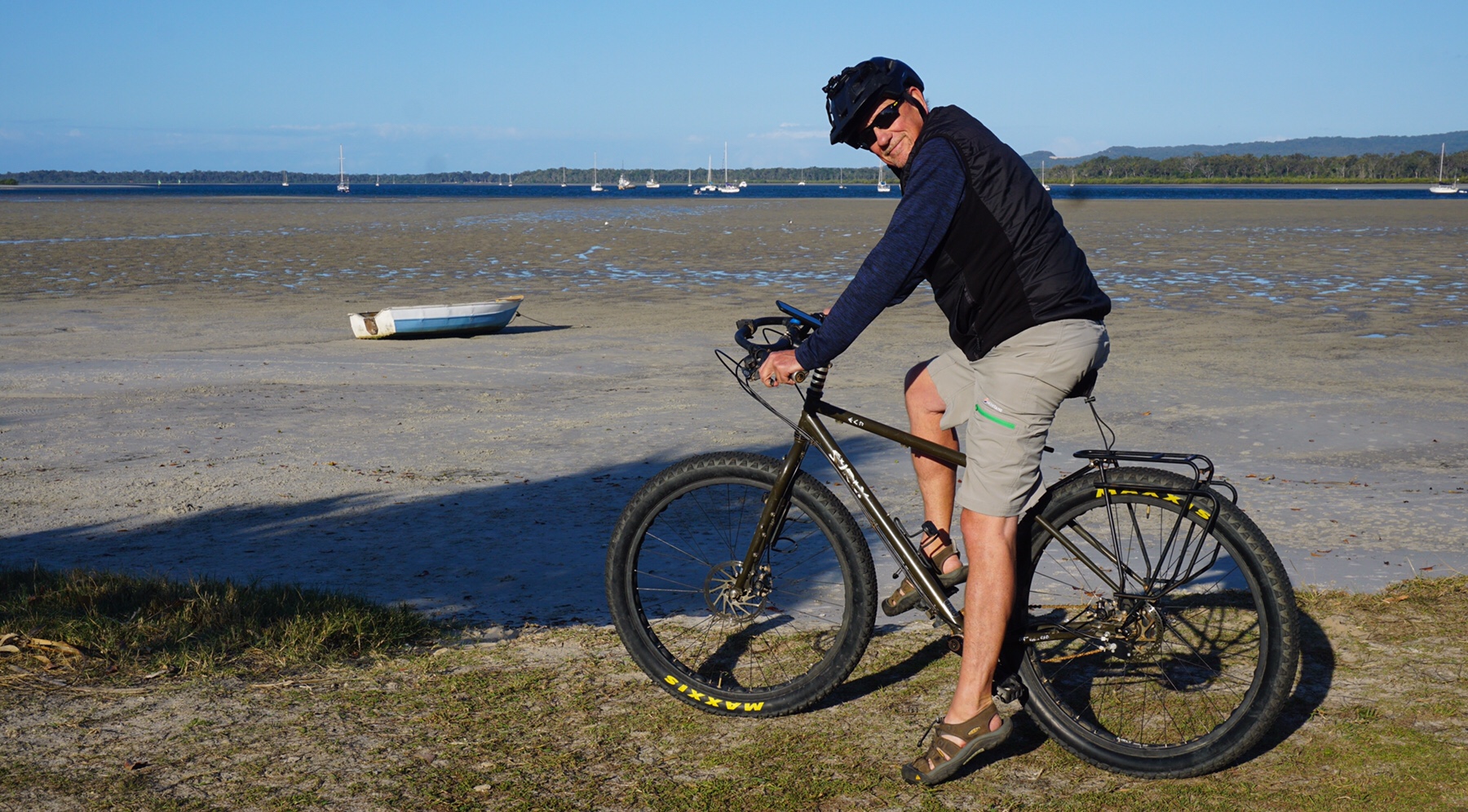
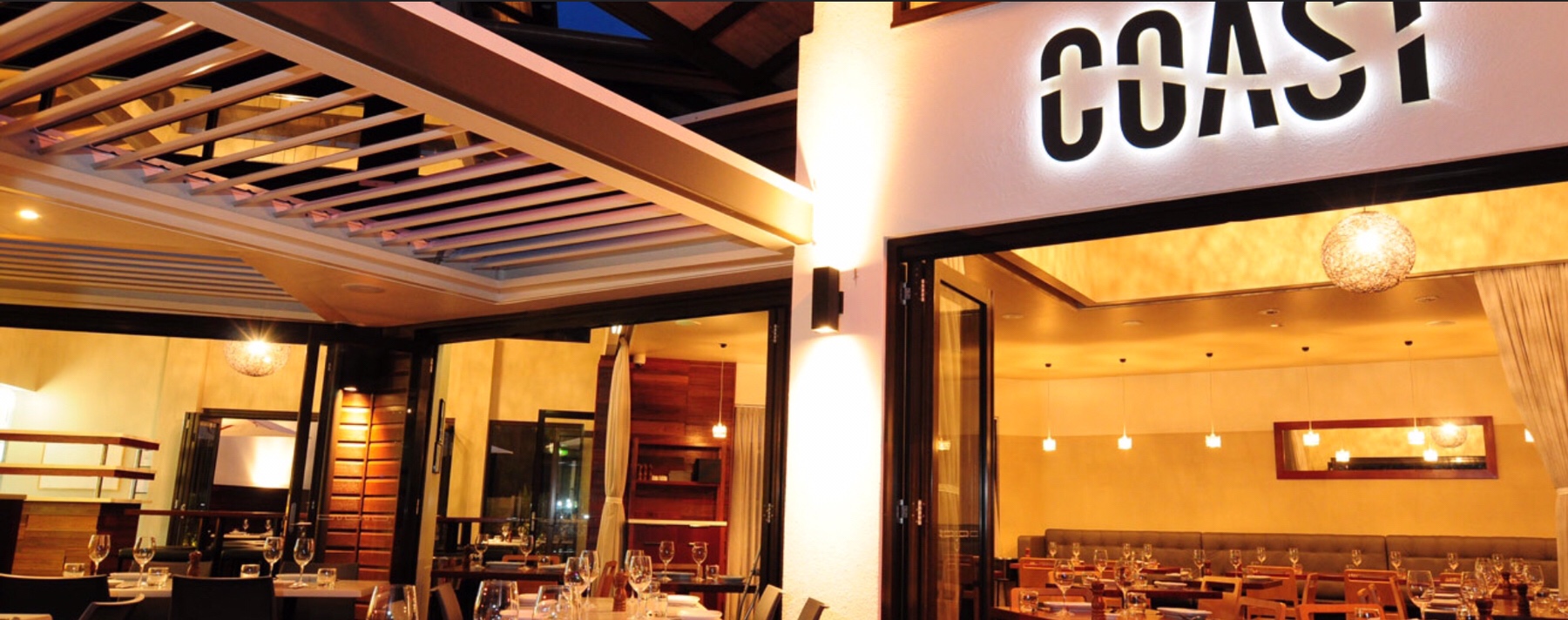 We chose an interesting wine from the Eden Valley, absolutely delicious, and recommended by our sommelier who clearly knew her stuff. The Alejandro Saperavi was initially fruity on the palate but had a lovely dry finish, complimenting our menu choices perfectly.
We chose an interesting wine from the Eden Valley, absolutely delicious, and recommended by our sommelier who clearly knew her stuff. The Alejandro Saperavi was initially fruity on the palate but had a lovely dry finish, complimenting our menu choices perfectly.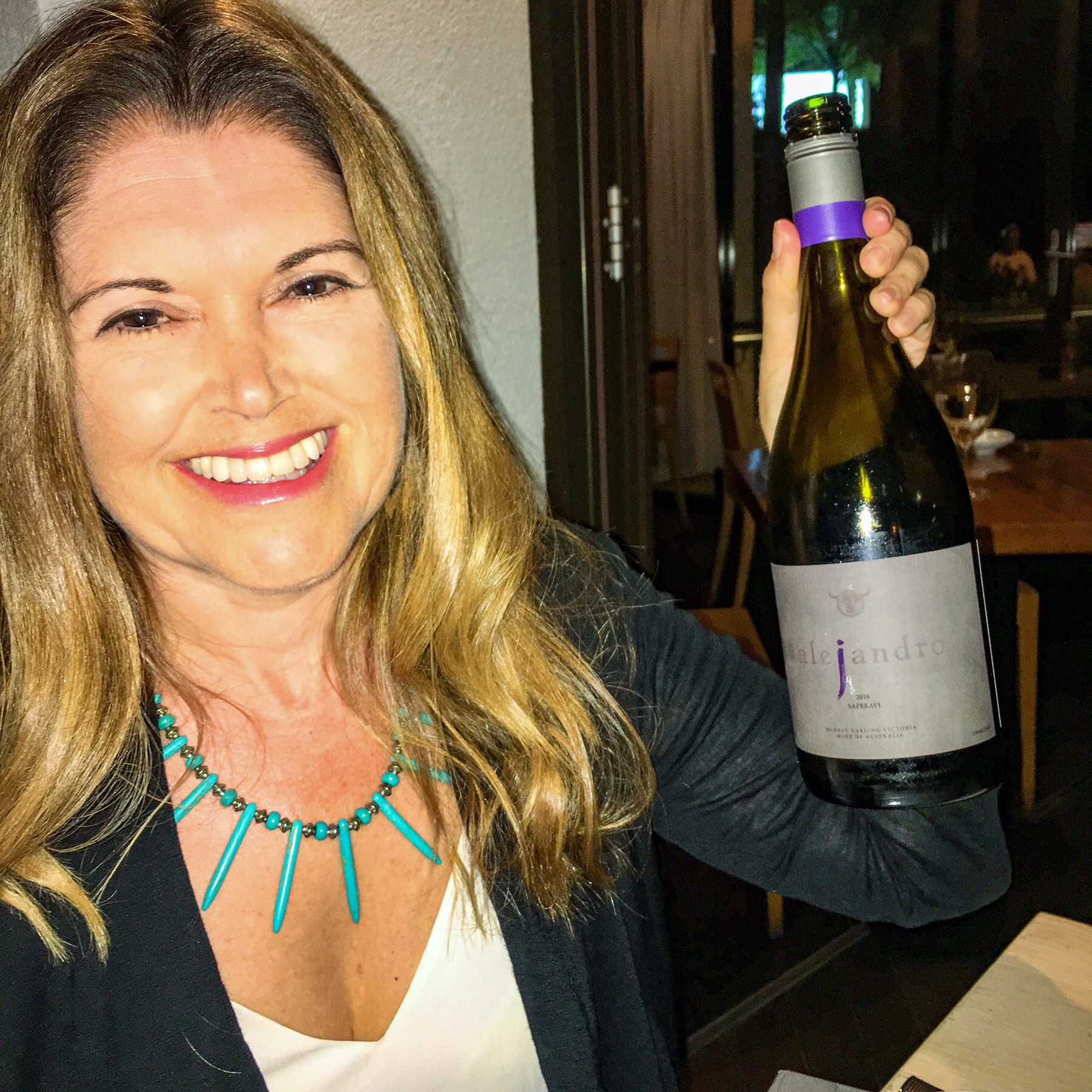 Our food commmenced with bite sized steamed buns containing fried chicken, sriracha mayonnaise and pickles, followed by a shared dish of fresh locally caught snapper with beetroot, apple, raddish, smoked almonds and pork scratching. Finally we shared a small portion of sticky beef short ribs with coconut and ginger caramel. All this came with two sides – triple cooked fat cut chips with a rosemary aoli and pan fried broccoli topped with chilli, garlic and anchovy oil. All dairy-free! Delicious, every bite.
Our food commmenced with bite sized steamed buns containing fried chicken, sriracha mayonnaise and pickles, followed by a shared dish of fresh locally caught snapper with beetroot, apple, raddish, smoked almonds and pork scratching. Finally we shared a small portion of sticky beef short ribs with coconut and ginger caramel. All this came with two sides – triple cooked fat cut chips with a rosemary aoli and pan fried broccoli topped with chilli, garlic and anchovy oil. All dairy-free! Delicious, every bite. It was a little window into life in Hervey Bay. It’s an economy based on whale watching tourism, although the biggest employment sector is healthcare. Perhaps this is reflective of what seems to be an older demographic. The town is experiencing a significant population boom, and is one of the top 10 fastest growing areas in Australia. Let’s hope there are jobs for those who want them.
It was a little window into life in Hervey Bay. It’s an economy based on whale watching tourism, although the biggest employment sector is healthcare. Perhaps this is reflective of what seems to be an older demographic. The town is experiencing a significant population boom, and is one of the top 10 fastest growing areas in Australia. Let’s hope there are jobs for those who want them.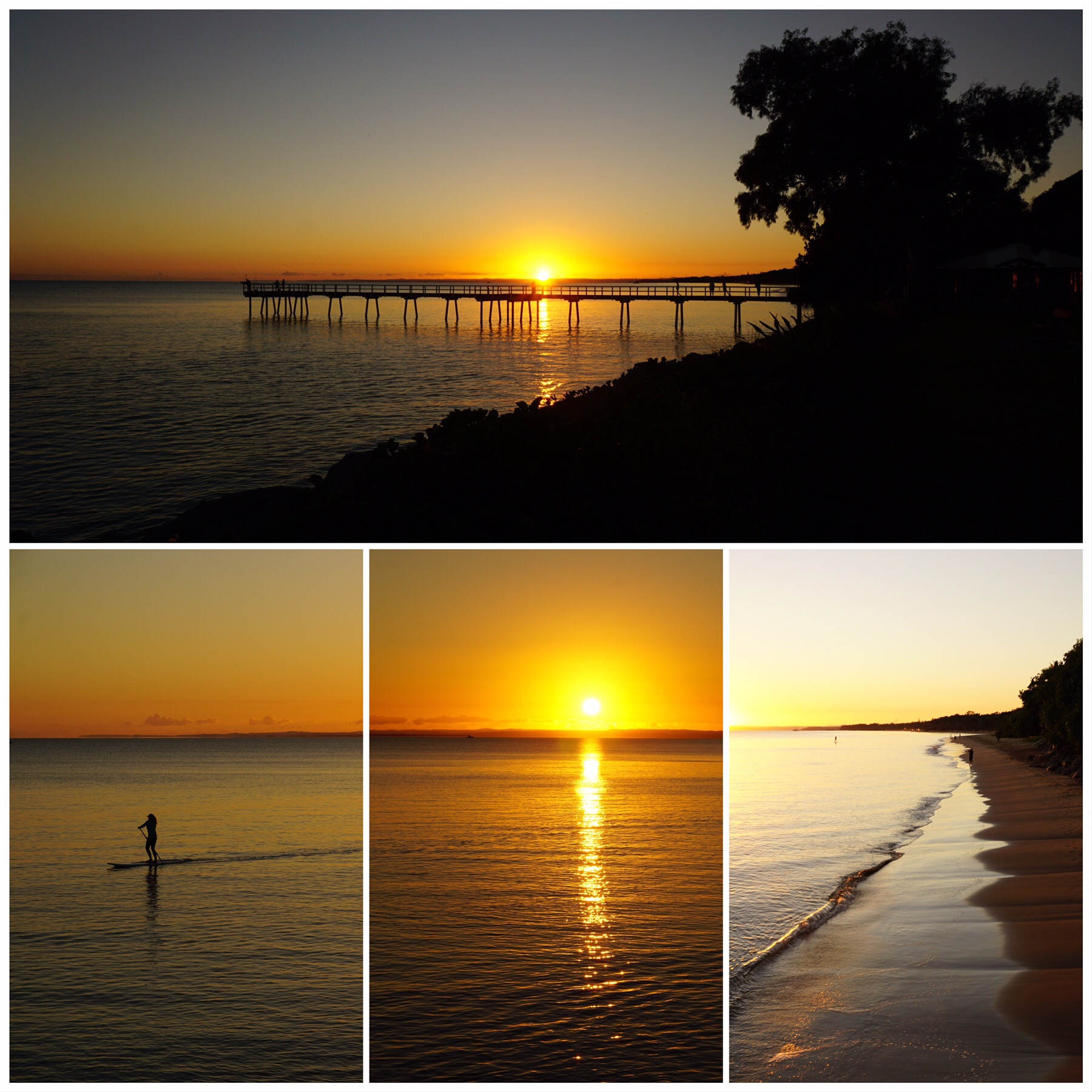
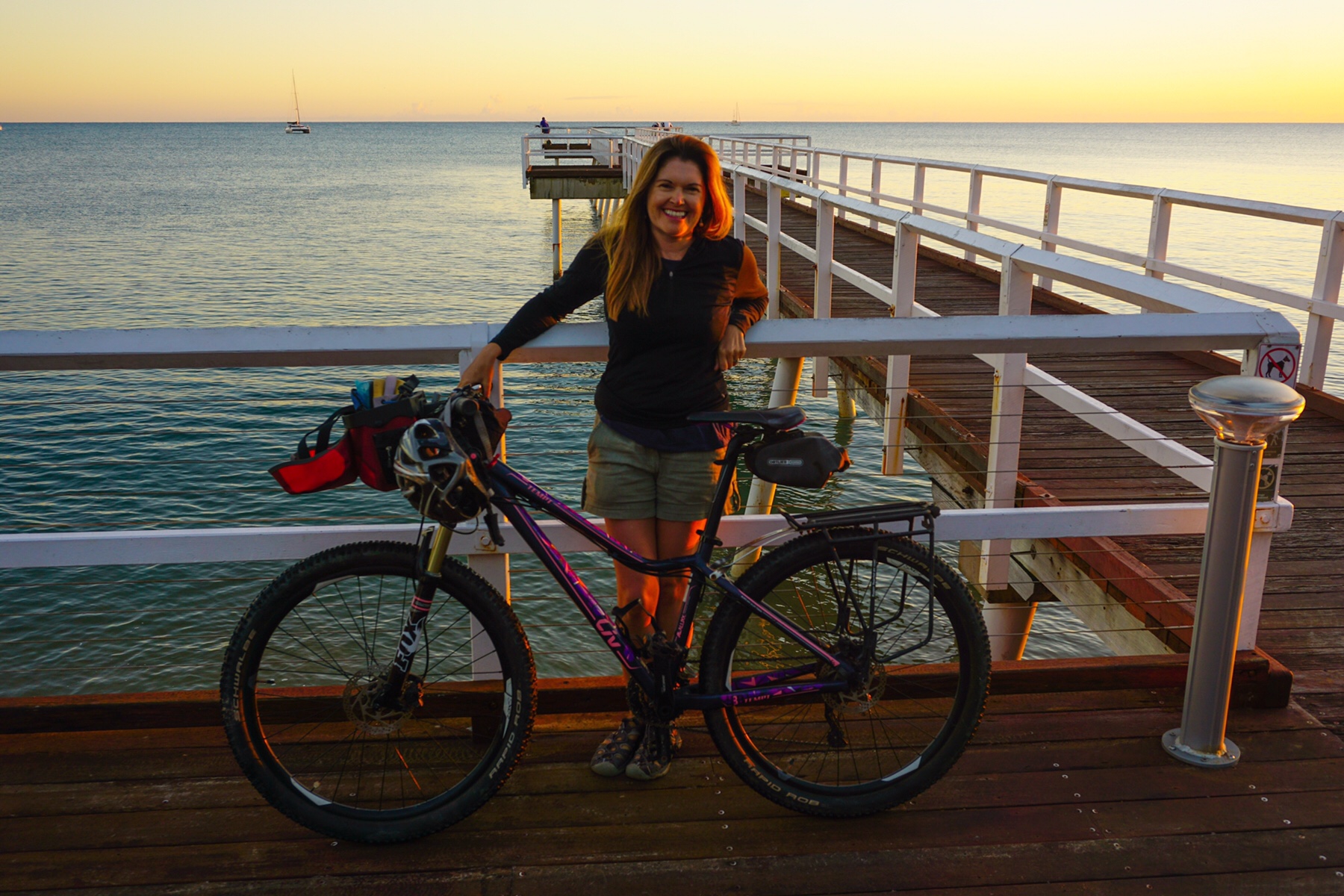
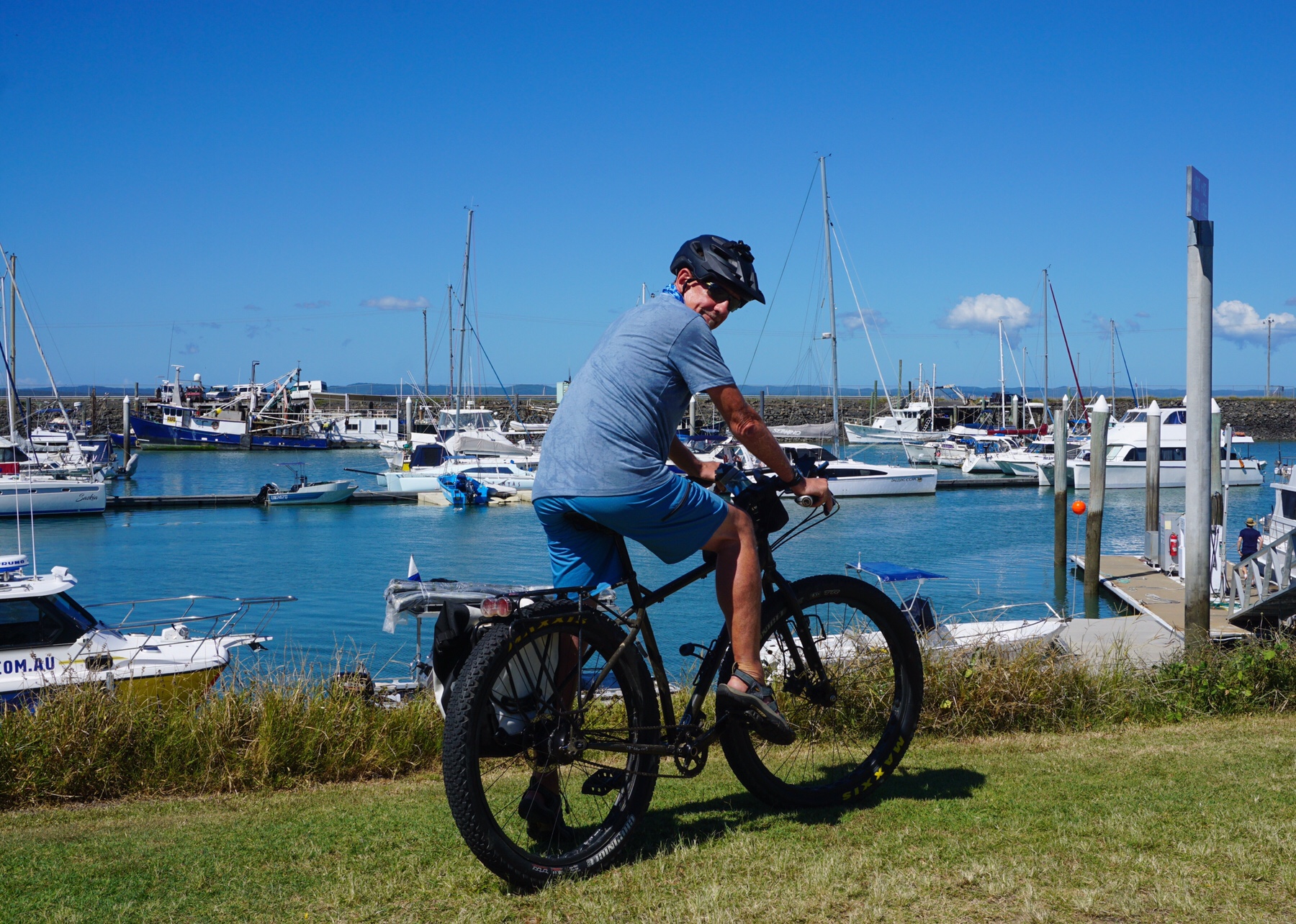 The rest of the day was spent pottering along the bay on our bikes, and a little siesta went down a treat. We are really enjoying the quiet pace of life in this friendly little town.
The rest of the day was spent pottering along the bay on our bikes, and a little siesta went down a treat. We are really enjoying the quiet pace of life in this friendly little town.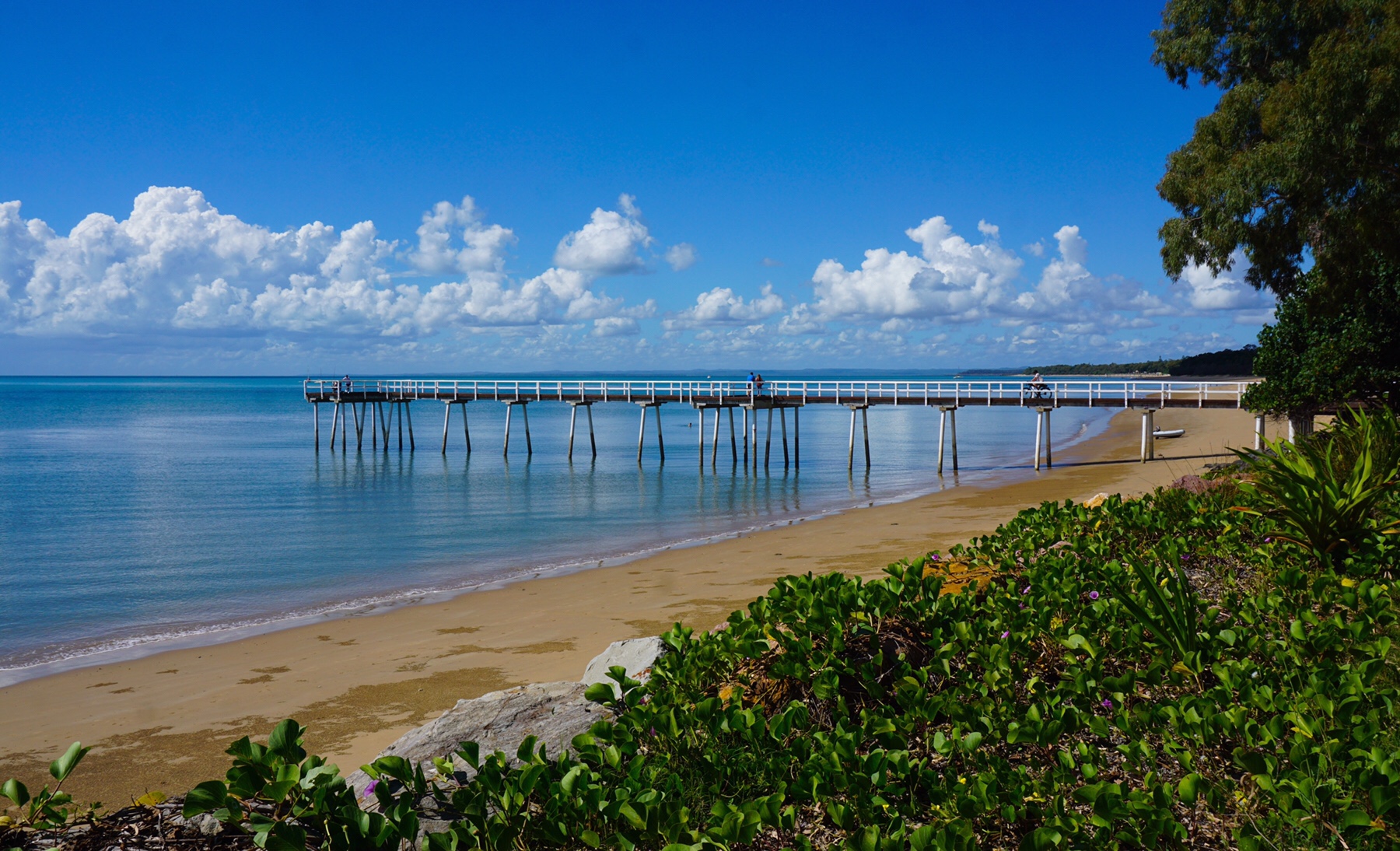 An off-road cycleway follows the coast for several kilometres, commencing at Urandangi Pier to the south and leading to Point Vernon in the north. We’re staying in a suburb called Torquay (now where have I heard that name before?!) so we started there and headed north. It’s the first time in a long while (since South Australia) that we have seen flat water along the coast, the islands and reefs offshore calming the waves. The beaches are pristine and empty – it’s like a little paradise, a long way from the Hervey Bay I remember. I first visited this town 19 years ago as a backpacker – it has changed substantially since then, becoming more of a destination in its own right than just a hopping off point for Fraser Island.
An off-road cycleway follows the coast for several kilometres, commencing at Urandangi Pier to the south and leading to Point Vernon in the north. We’re staying in a suburb called Torquay (now where have I heard that name before?!) so we started there and headed north. It’s the first time in a long while (since South Australia) that we have seen flat water along the coast, the islands and reefs offshore calming the waves. The beaches are pristine and empty – it’s like a little paradise, a long way from the Hervey Bay I remember. I first visited this town 19 years ago as a backpacker – it has changed substantially since then, becoming more of a destination in its own right than just a hopping off point for Fraser Island.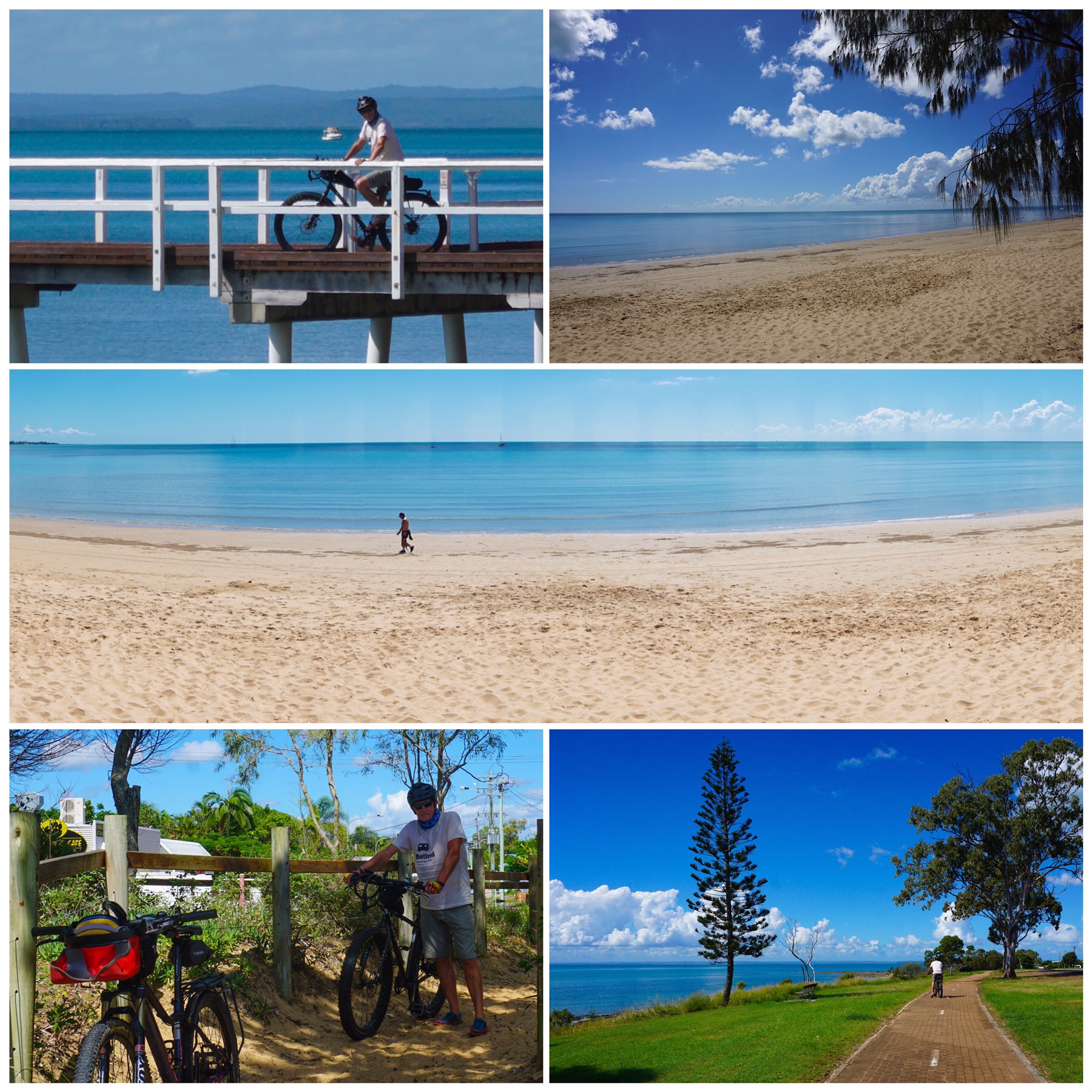 The pathway winds its way along the coast through picturesque scenery, through parklands and bush, along cliff tops and past mangroves. We had a small diversion to a bike shop on our way so Mr A could check out a strange clicking sound on his bike. The bearings had worn down and needed replacing. He later found someone to do the job on the spot for $55, for a 45 minute job. Certainly not Sydney prices!
The pathway winds its way along the coast through picturesque scenery, through parklands and bush, along cliff tops and past mangroves. We had a small diversion to a bike shop on our way so Mr A could check out a strange clicking sound on his bike. The bearings had worn down and needed replacing. He later found someone to do the job on the spot for $55, for a 45 minute job. Certainly not Sydney prices!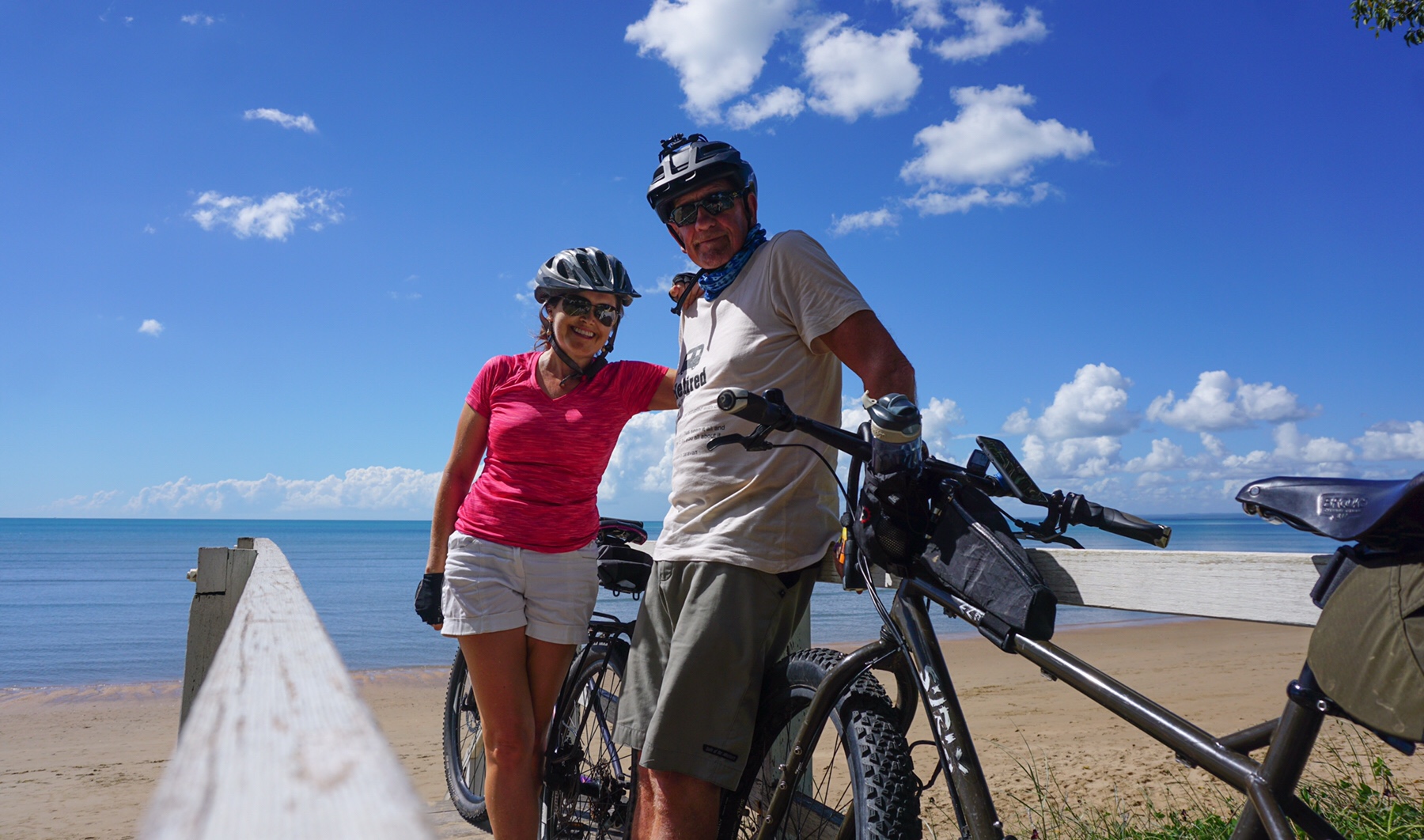 The expensive part of the day came later in the afternoon – our faulty plug and under-spec wiring in the car was replaced, we had to purchase three new batteries for the caravan (replacing the ones which had been damaged and no longer held a full charge), and a 160 watt portable solar panel…more than $2k in total spent – gulp! At least we are back on track again for getting off the grid without sleepless nights worrying whether our fridge will still be running in the morning.
The expensive part of the day came later in the afternoon – our faulty plug and under-spec wiring in the car was replaced, we had to purchase three new batteries for the caravan (replacing the ones which had been damaged and no longer held a full charge), and a 160 watt portable solar panel…more than $2k in total spent – gulp! At least we are back on track again for getting off the grid without sleepless nights worrying whether our fridge will still be running in the morning.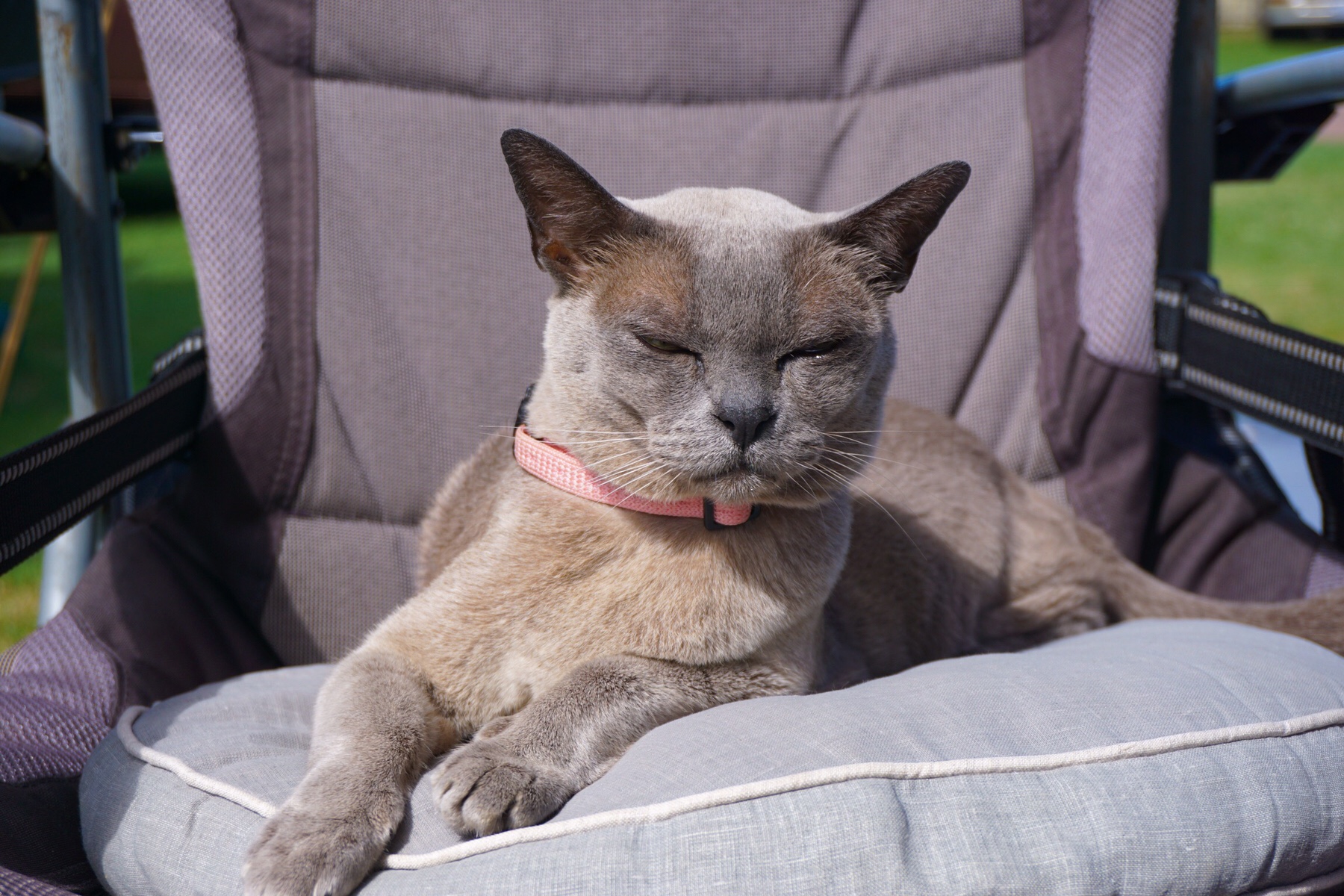
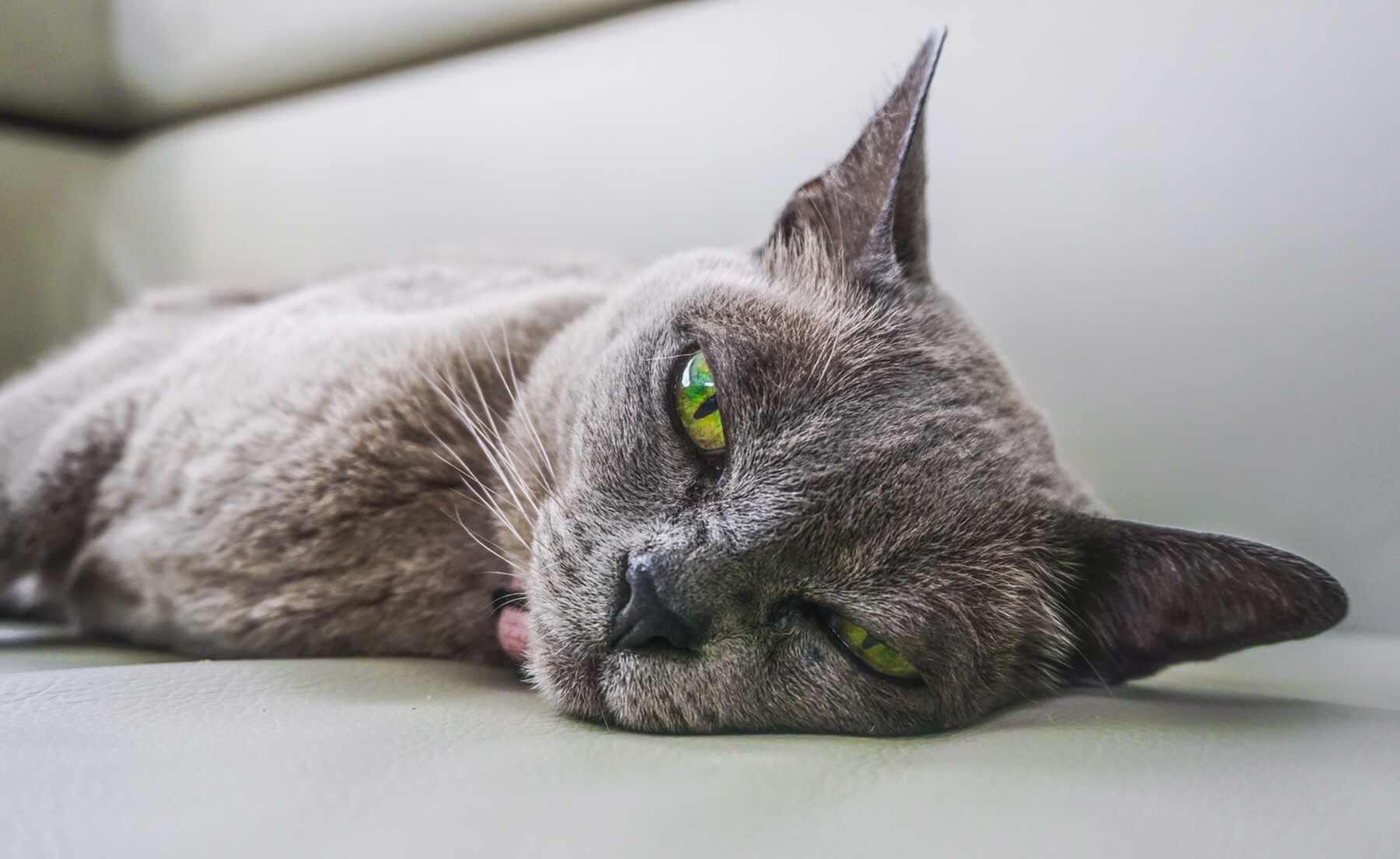 A guy bounded out and with my city hat on, I wondered what we had done wrong. But no – he had come to check we had enjoyed our stay on their free RV camp. He owned an adjoining property and was himself building an RV park on his other property just outside of town. We chatted about the likely demand, and what customers are likely to be looking for. I am so enjoying this different pace of life in the country where strangers are still willing, and have the time, to talk to one another.
A guy bounded out and with my city hat on, I wondered what we had done wrong. But no – he had come to check we had enjoyed our stay on their free RV camp. He owned an adjoining property and was himself building an RV park on his other property just outside of town. We chatted about the likely demand, and what customers are likely to be looking for. I am so enjoying this different pace of life in the country where strangers are still willing, and have the time, to talk to one another.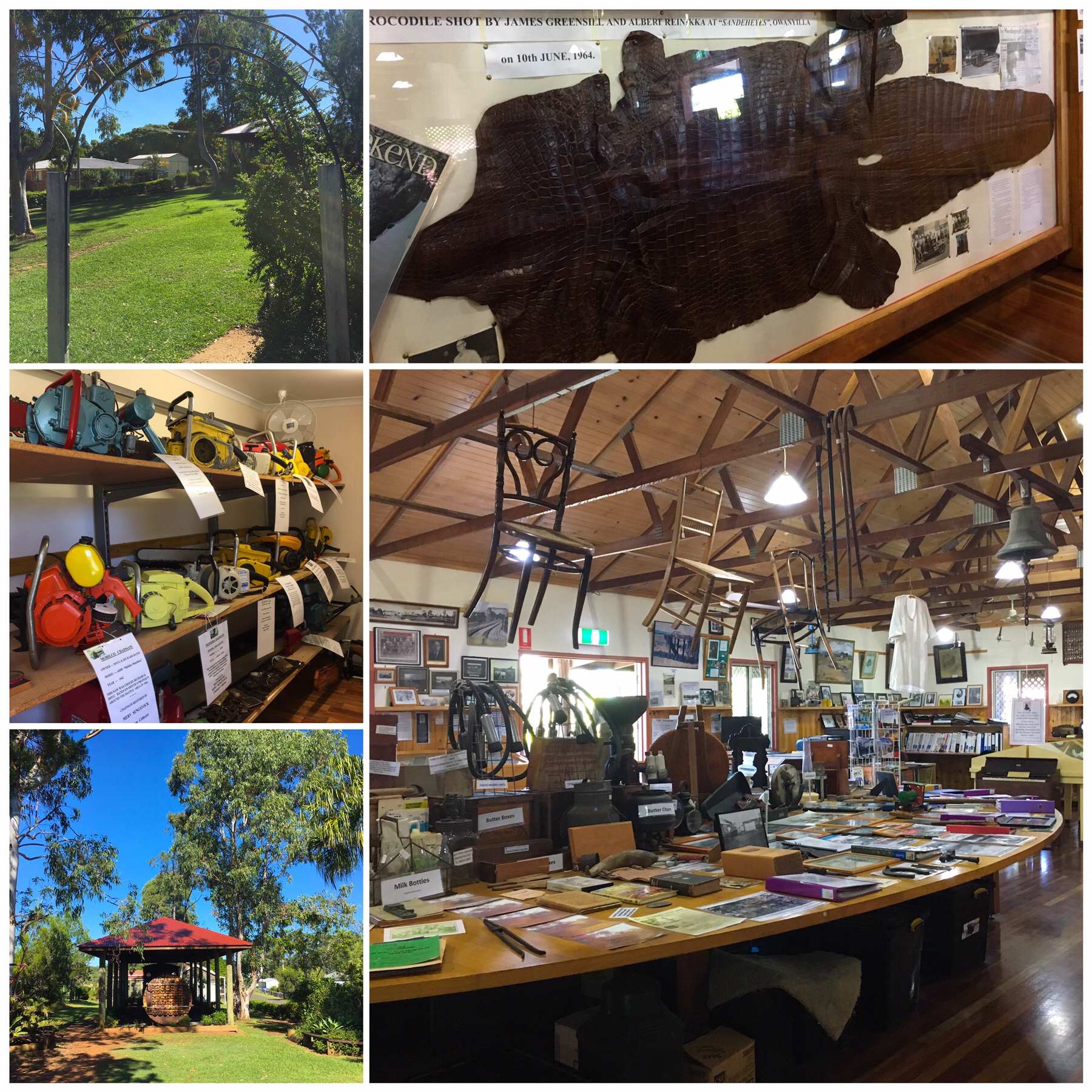 Then after some hectic calling around to determine a supplier to help us with some battery charging issues, we headed for Battery World in Hervey Bay, a relatively short drive down the busy Bruce Highway.
Then after some hectic calling around to determine a supplier to help us with some battery charging issues, we headed for Battery World in Hervey Bay, a relatively short drive down the busy Bruce Highway. We were promptly met outside by a very polite technician who started to diagnose what was going on. I’m in no position to assess anyone’s technical skills but I can see when someone is clearly sincere about trying to help customers. That was Dan. Then the girls in the shop were just as helpful, one of whom even gave Catherine a lift to a hair appointment she was running late for. Finally we met one of the franchise owners Dave, who picked up where Dan had kicked off and soon had the issues isolated.
We were promptly met outside by a very polite technician who started to diagnose what was going on. I’m in no position to assess anyone’s technical skills but I can see when someone is clearly sincere about trying to help customers. That was Dan. Then the girls in the shop were just as helpful, one of whom even gave Catherine a lift to a hair appointment she was running late for. Finally we met one of the franchise owners Dave, who picked up where Dan had kicked off and soon had the issues isolated.
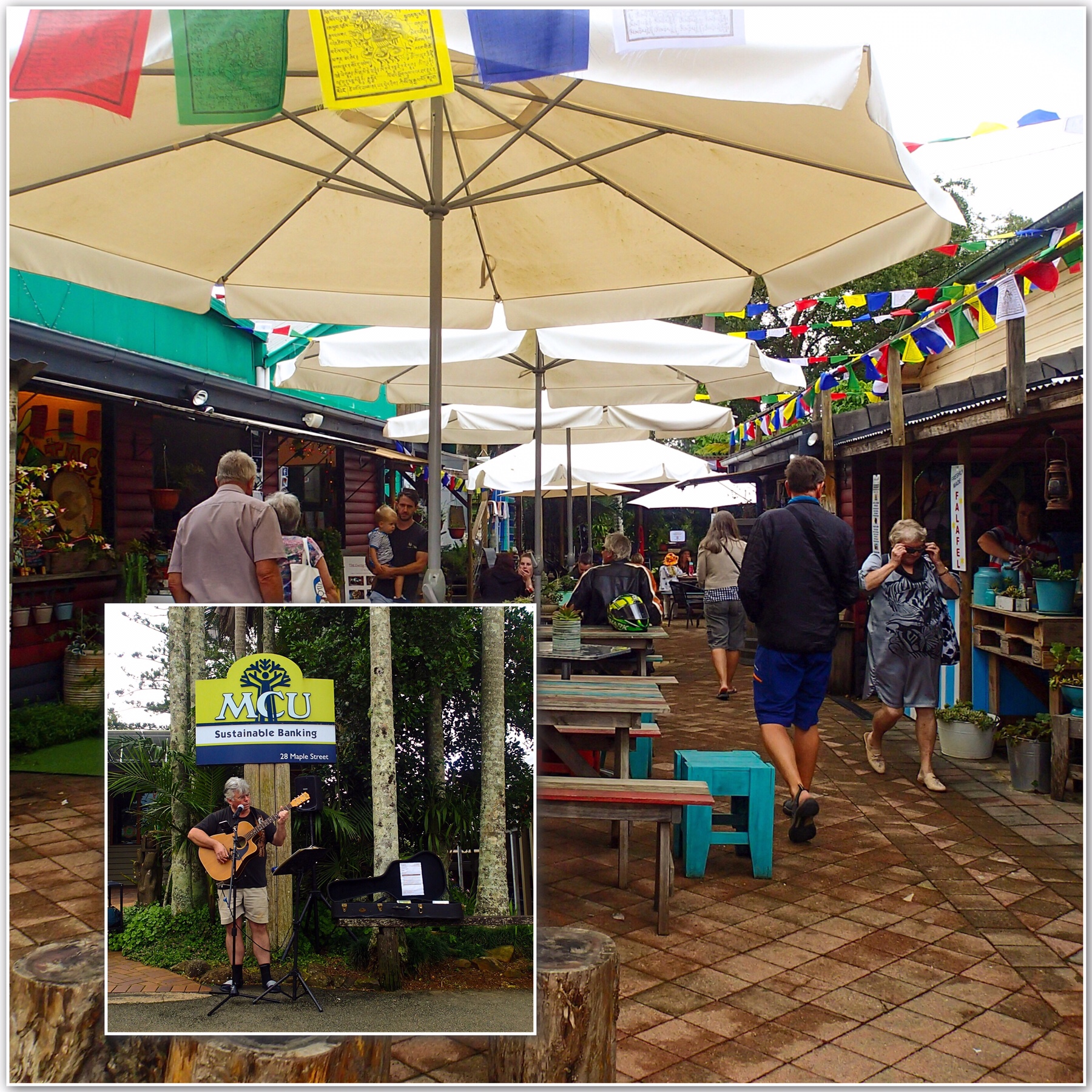 Lunch enjoyed, we picked up a few other supplies in town before heading back to Kenilworth, hitching up and saying goodbye to our fellow Zoners.
Lunch enjoyed, we picked up a few other supplies in town before heading back to Kenilworth, hitching up and saying goodbye to our fellow Zoners.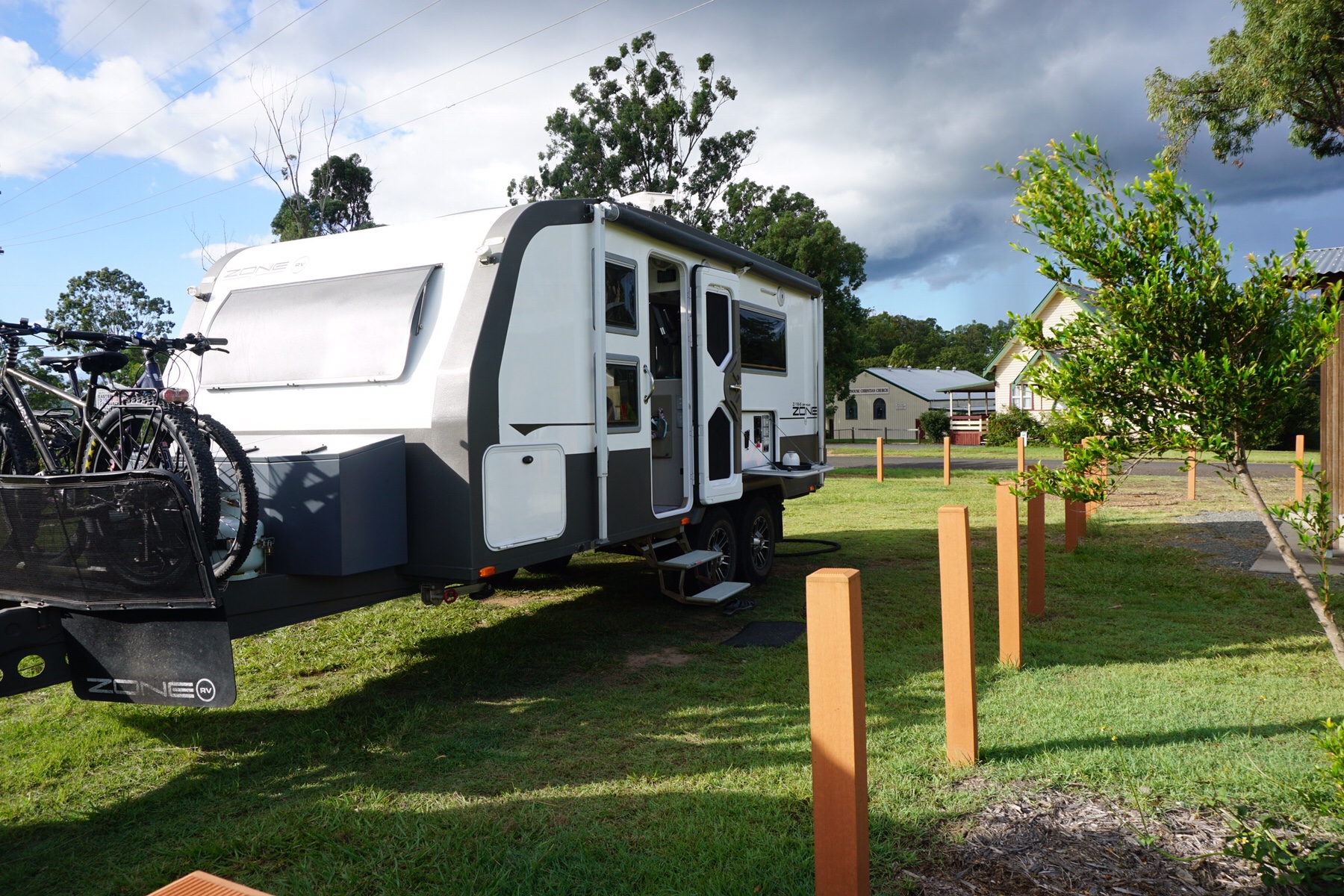 Bauple is the ancestral home of the macadamia nut, discovered thousands of years ago by local aboriginals. There is a little museum here, a petrol station and free wifi for the residents between 9am and 12pm. There are even clean toilets for campers open beside the museum, complete with green tree frog!
Bauple is the ancestral home of the macadamia nut, discovered thousands of years ago by local aboriginals. There is a little museum here, a petrol station and free wifi for the residents between 9am and 12pm. There are even clean toilets for campers open beside the museum, complete with green tree frog!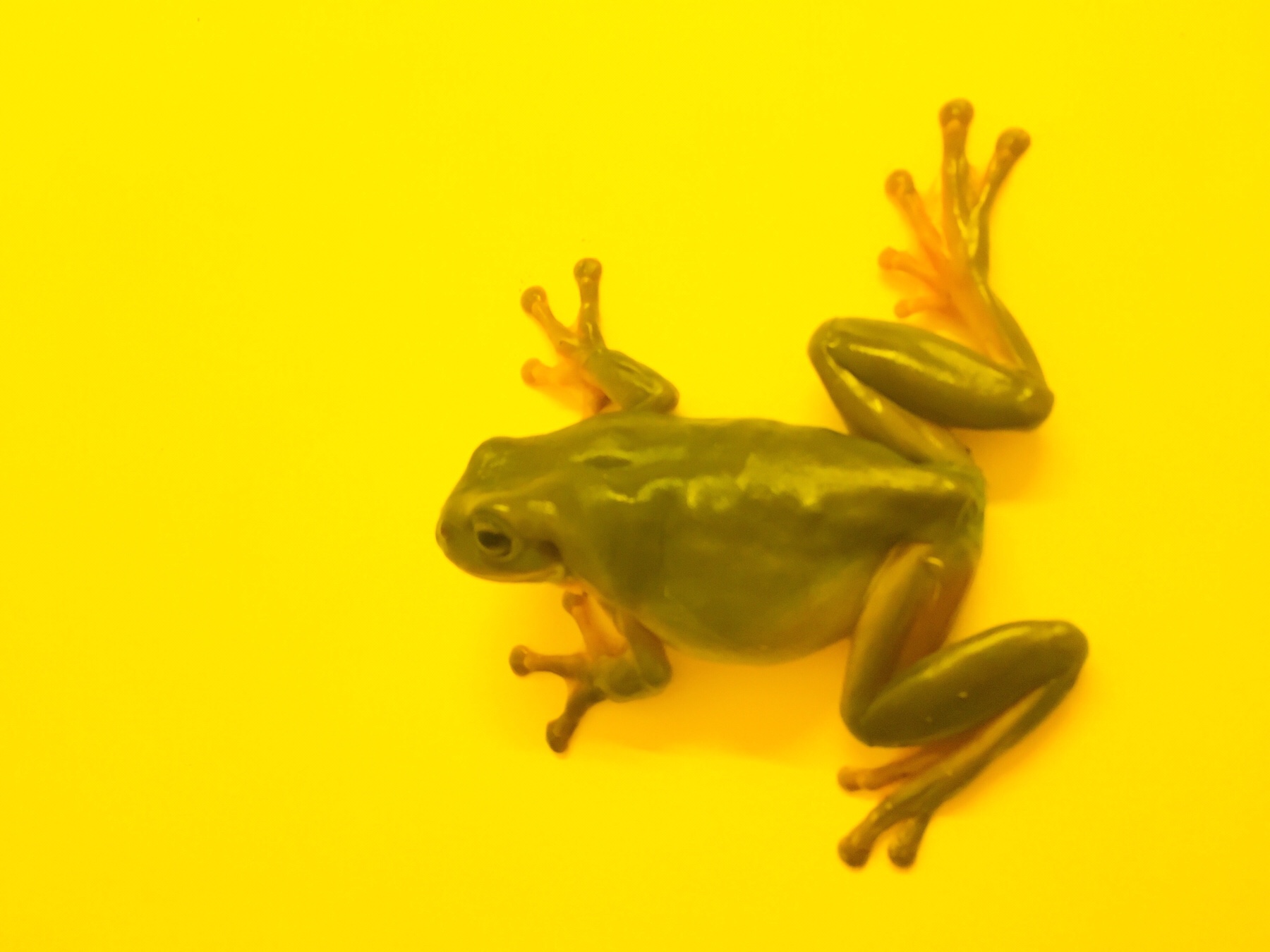 It’s extremely peaceful and Miss Tassie enjoyed a d.o.g free stroll around the area during the afternoon. We camped for free in the RV rest area with a lovely view across the park towards the hills in the distance, not another soul seen.
It’s extremely peaceful and Miss Tassie enjoyed a d.o.g free stroll around the area during the afternoon. We camped for free in the RV rest area with a lovely view across the park towards the hills in the distance, not another soul seen.